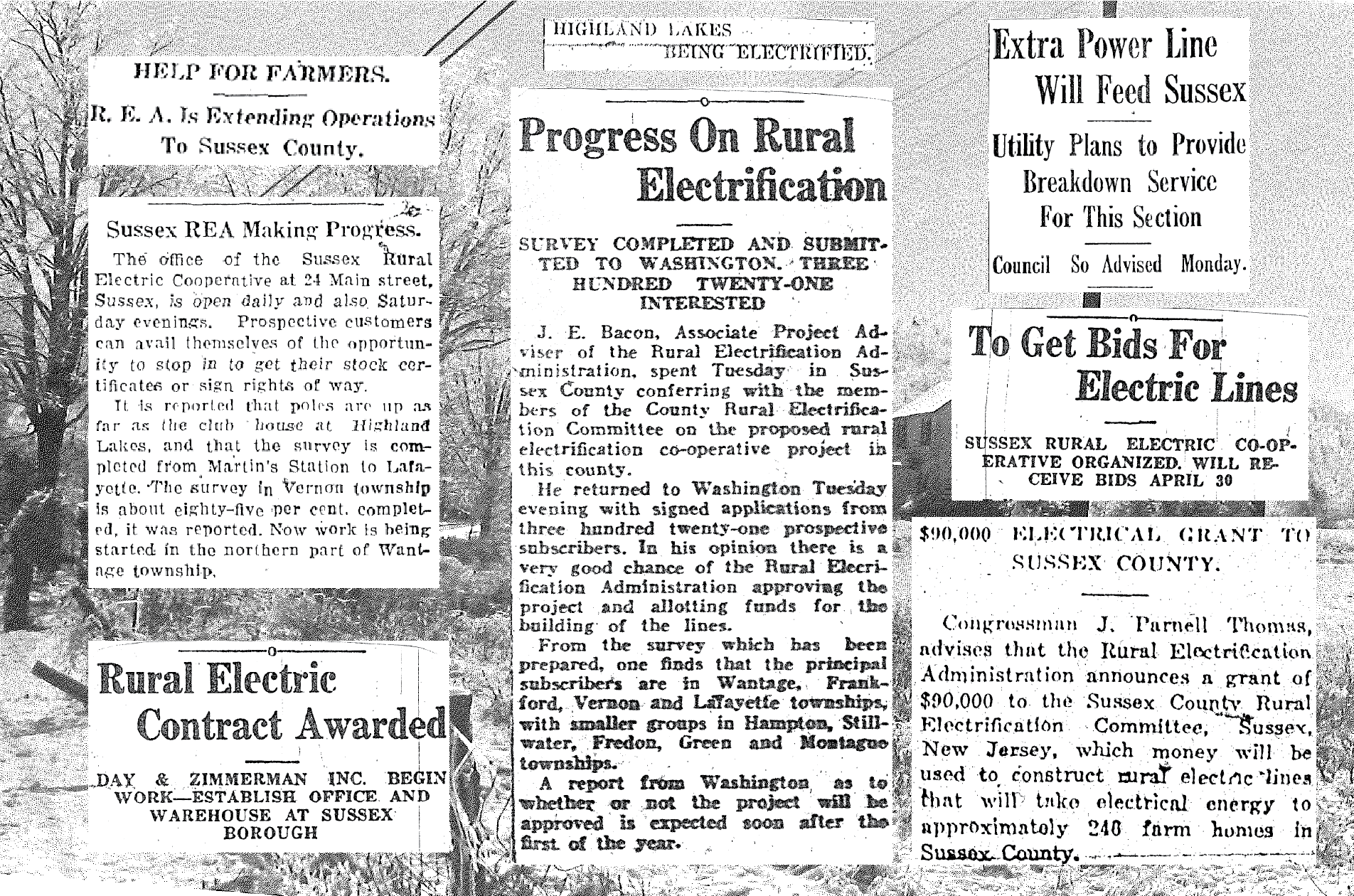2022 marks Sussex Rural Electric Cooperative's 85th anniversary! Since our founding in 1937, we have worked tirelessly to provide the highest quality of service at the lowest possible cost to our members.
To celebrate 85 years of Sussex Rural Electric Cooperative's impact on our community, we are taking our members on a journey back through our history via weekly #ThrowbackThursday posts on social media. Starting from the roots of rural electrification, these posts share the stories of life in rural areas like Sussex County before electricity was accessible, the effort to electrify our local areas, and the evolution of Sussex Rural Electric Cooperative's service to its members.
The timeline below collects the photos and information shared in the #ThrowbackThursday posts that have been shared so far. The timeline will be updated regularly with new content. To see these posts as soon as they go up, follow us on our Facebook or Twitter pages!
#ThrowbackThursday Timeline

Life in 1930s Rural Sussex County
In the 1930s, life moved slowly. Farmers and housewives' lives were filled with daily tasks and chores that were incredibly strenuous and time-consuming compared to today. Most people living in Sussex County could not afford access to the electricity that made the lives of some lucky neighbors significantly easier. This would not change until the Rural Electrification Act made it possible to form a cooperative that could bring reliable, affordable power to the area.
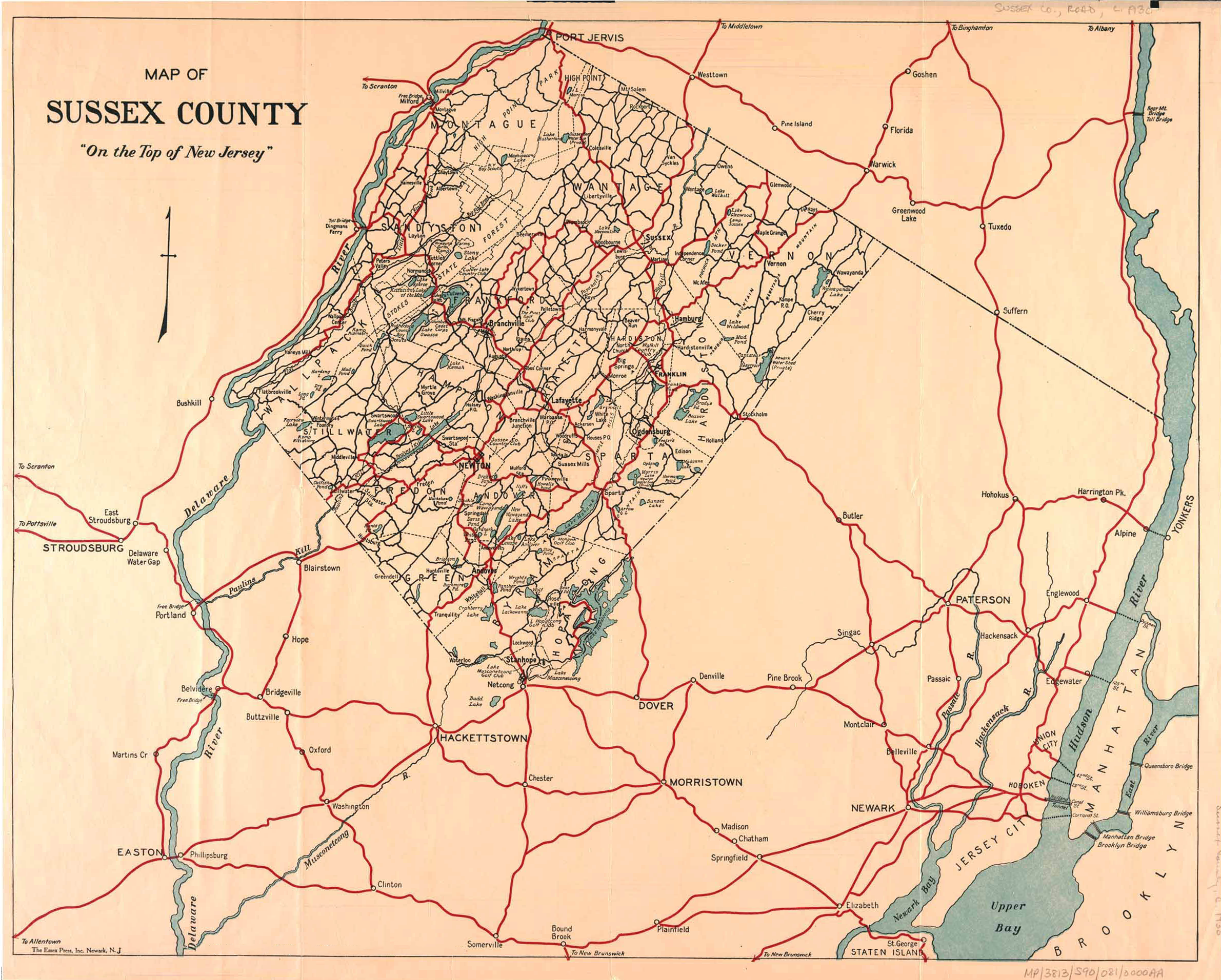

Chores Pre-Electricity - Ironing
Every daily chore was more difficult and time consuming without electricity. After wash day, when the dry clothes were taken off “the line" they had to be pressed. In the 1930s ironing was done with 6-7 lb. wedges of literal iron heated on the wood stove. The phrase “irons in the fire” comes from this practice.
Irons only retained heat for a few minutes, so a man’s shirt generally required two irons. Irons needed frequent cleaning because a little spot or soot from the fire could mark a shirt and then the washing process would have to begin again. Pictured below are common flatirons of the time and a woman happy to have electricity to make ironing easier.
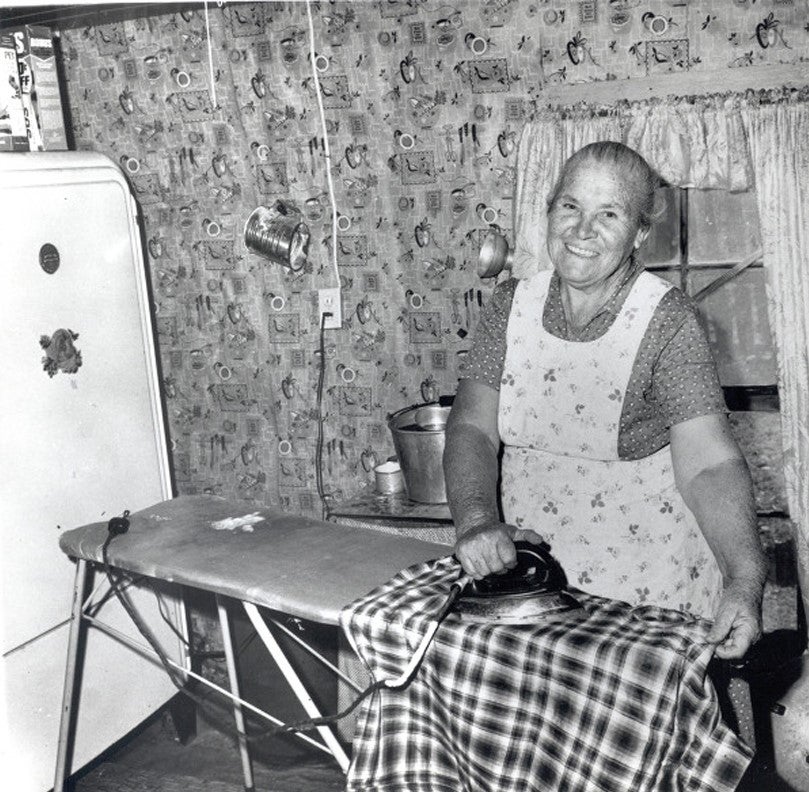

Farmwork Pre-Electricity
Sussex County farmers in the 1930s faced frustration when attempting to get access to electricity. While some more populous towns had already been electrified, the investor-owned utility of the time refused to build electric infrastructure to serve less-populated areas where many farms were located.
Without electricity, everyday tasks on the farm required more manual effort and more time. Farmers had no access to running water or tools like electric milk pumps, augers, or motors to make their work easier. After Sussex Rural Electric Cooperative was formed by these farmers to bring power to their farms, productivity skyrocketed. Many farmers were able to double their stock and vastly increase the amount of dairy, meat, or fruits and vegetables they were able to produce.
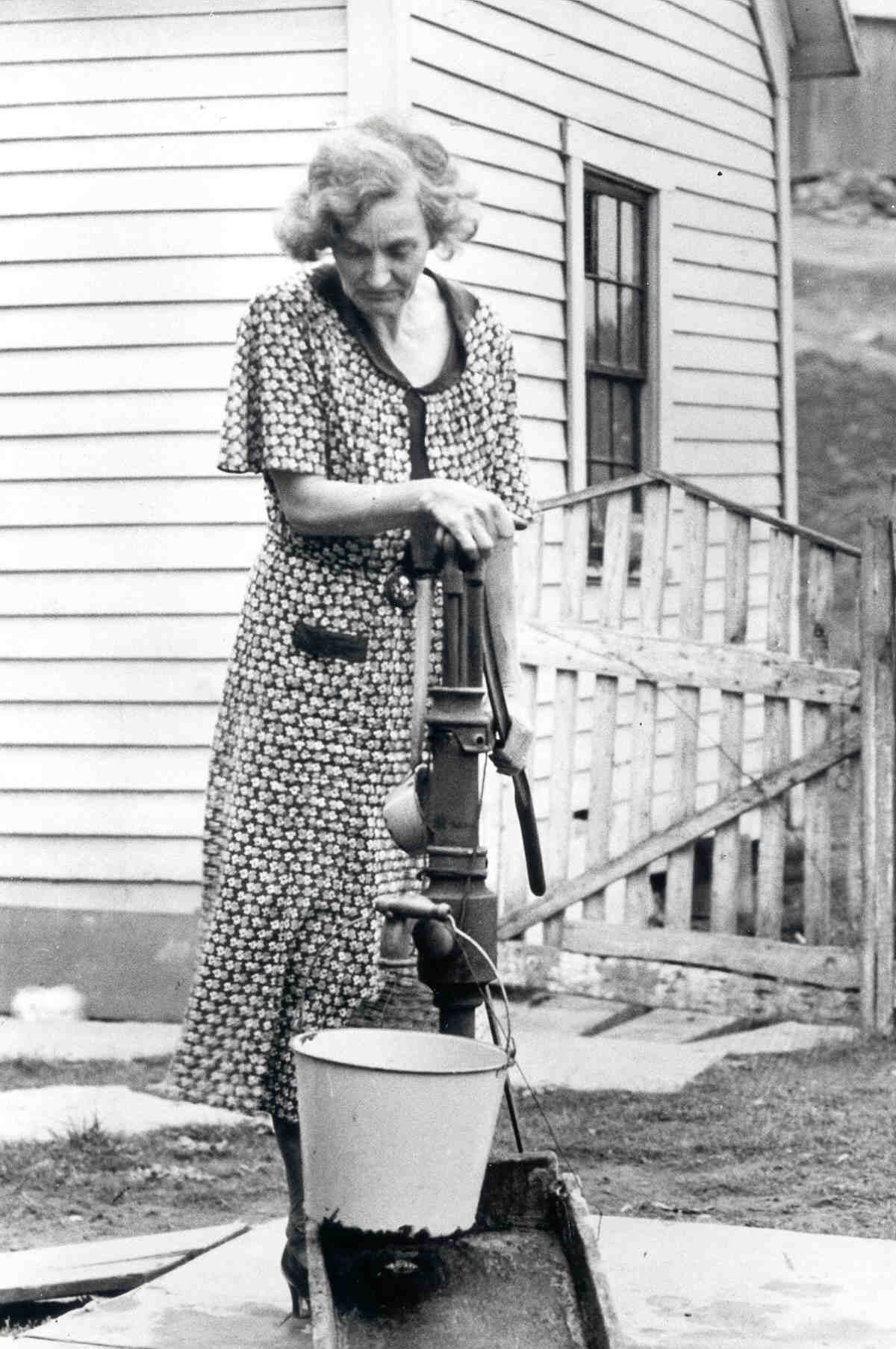

Ice Harvesting
Without electricity, people needed a constant supply of ice to preserve their food in literal "ice boxes." In the winter, ice was harvested from lakes and stored in icehouses for later distribution in the summer. At the time, large-scale ice harvesting took place in Sussex County so ice could be delivered locally by truck and exported to the city by railroad.
Gathering ice used to involve cutting blocks from frozen lakes using a horse-drawn saw. Later on, harvesters used a gas-powered ice-cutting machine (pictured below). Once electricity was readily available, refrigerators and freezers became commonplace and removed the reliance on icehouses.
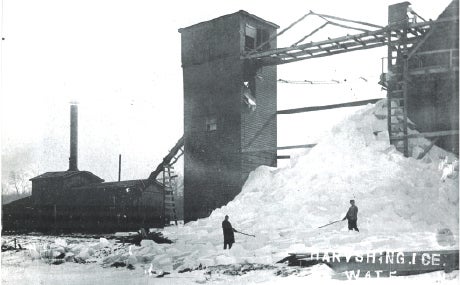

Food Freshness Pre-Electricity
Without refrigerators in the home, those without electricity in 1930s Sussex County used other methods to keep food and milk unspoiled. Canning food was a reliable way to keep food fresh, but fruits and vegetables had to be canned the same day they became ripe. This was a long, tedious process that involved keeping a fire burning so water could be boiled to seal each jar.
Milkmen also delivered milk daily throughout the county. Local creameries processed milk from nearby farms and employed milkmen to deliver it to each home and bring back empty glass bottles. The convenience of refrigeration eventually made these practices less necessary.
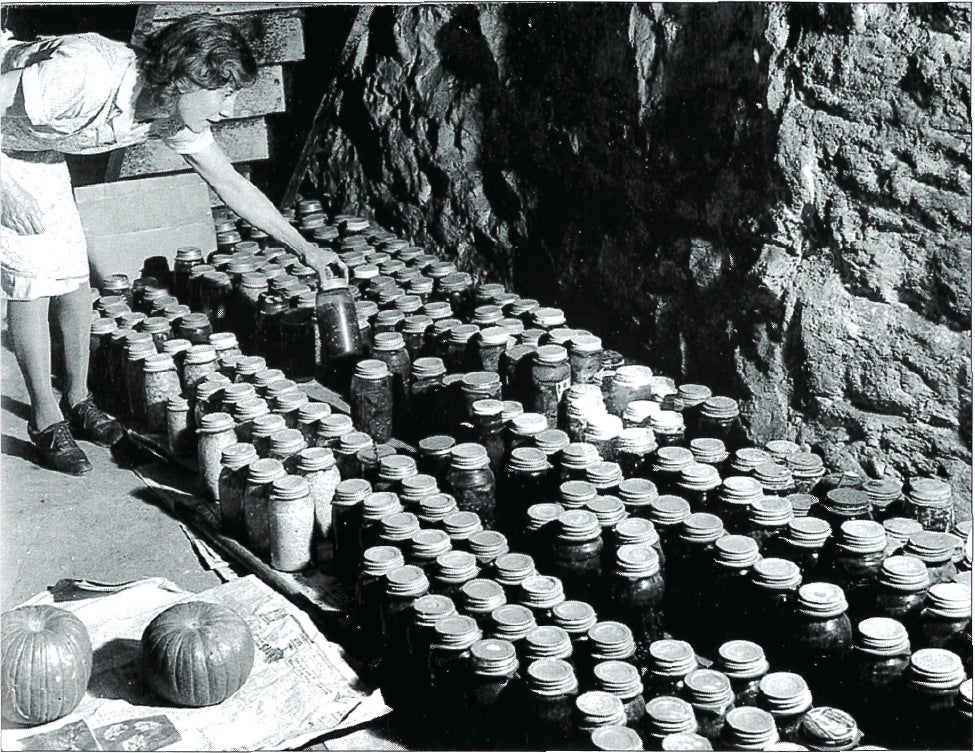

Lighting Without Electricity
Perhaps the most significant challenge of pre-electrified rural life was the limitations of lighting. Most candles were handmade, and the oil lamps and lanterns that people relied on when the sun went down were very dim. Families rarely had enough to go around for everyone. Frequently, there was not enough light from the one good lamp in the home for children to study, housewives to do their sewing, and the farmer to do his nightly reading after a long day of work.
These lamps also had to be carefully cleaned once or twice per week. Washing, polishing, and refilling them was just another time-consuming chore rural residents had on their plates.
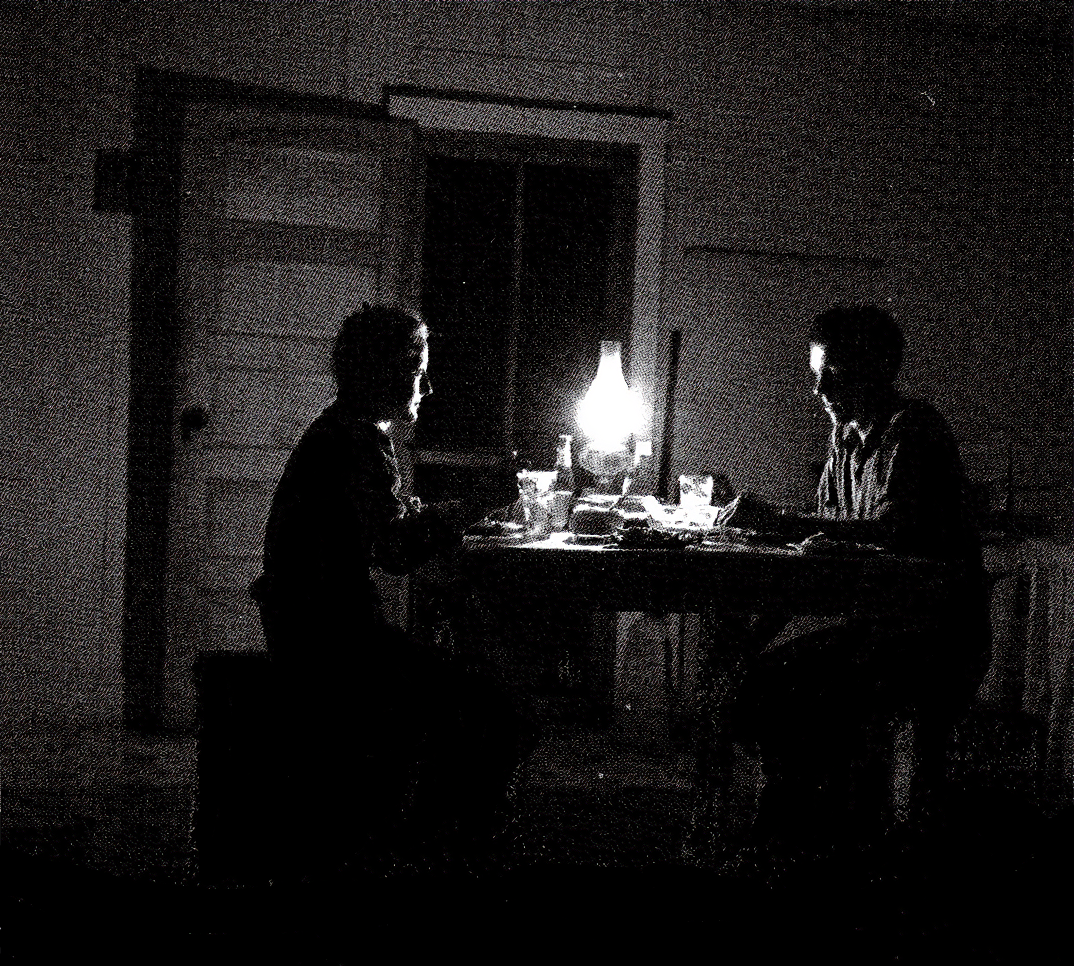

Inventiveness of Rural Americans Without Electricity
While they did not have access to electricity, rural citizens in the 1930s still understood the concept of energy and used the resources they had available to modernize their lives. For example, some homes had a record player that was powered by a crank. This allowed families to enjoy music at home in their leisure time - it just took some elbow grease!
Even more inventive were measures used to automate chores and farm work. For instance, farmers used their dogs, horses, or even cows as a power source for saws, mills, and other equipment. This photo of an animal treadmill was taken at the High Breeze Farm in Vernon and shows "horsepower" being applied by a cow to help with work on the farm.
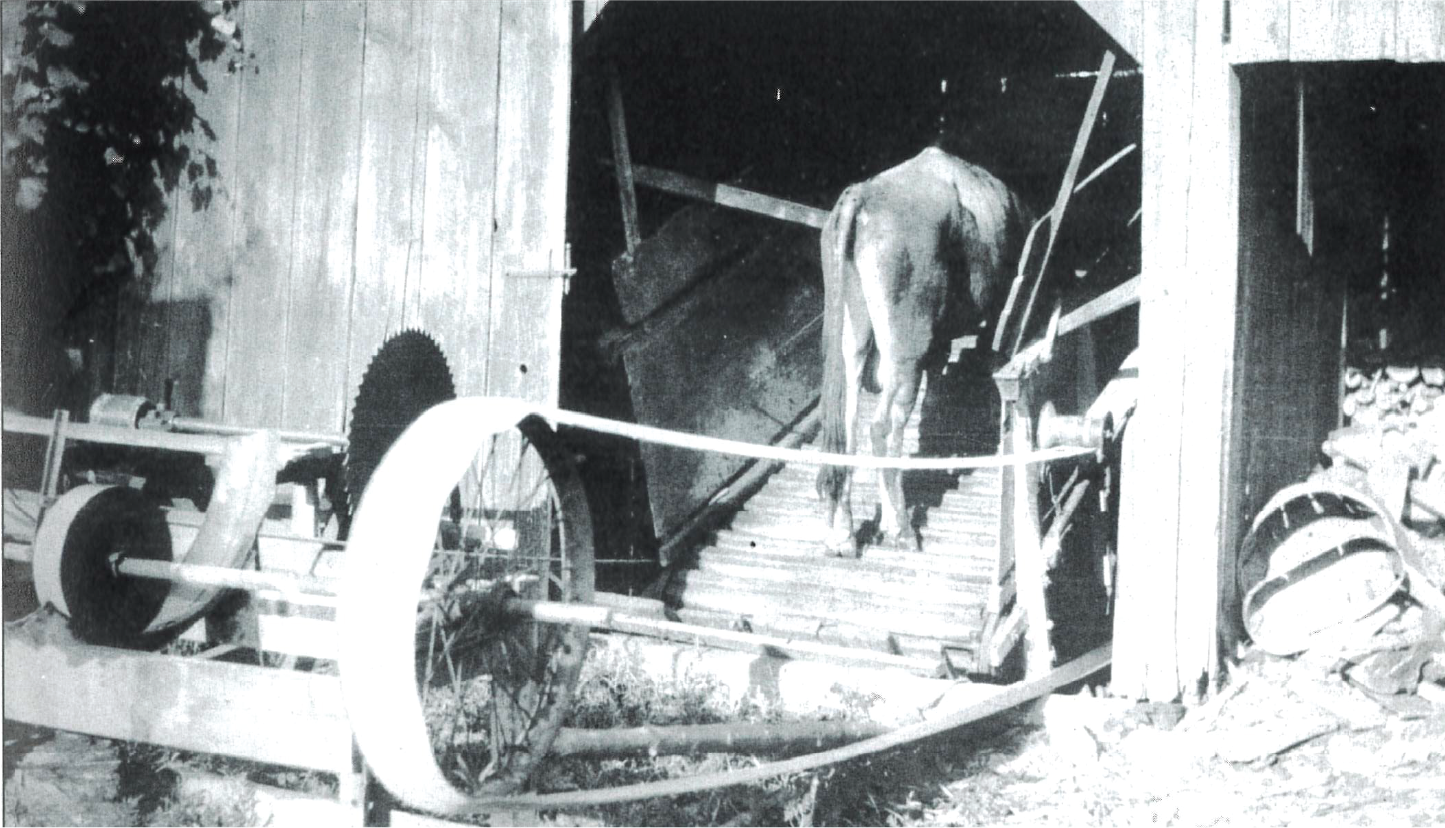

Franklin Delano Roosevelt and Rural Electrification
32nd US President Franklin Delano Roosevelt was instrumental in bringing electricity to rural Americans. FDR believed strongly that electricity was a necessity of modern life. His campaign to electrify rural areas led to the Rural Electrification Act and, as a result, Sussex Rural Electric Cooperative.
FDR attributed the beginning to this crusade to an experience he had in 1924. He went to Warm Springs, Georgia to treat his polio and was shocked to experience the high cost of electricity that rural residents had to pay. A central aspect of the REA was ensuring that electricity was affordable for rural Americans. FDR later built his own cottage in Warm Springs, which was dubbed “The Little White House.”


The Rural Electrification Act
Rural electrification was one of President Franklin Delano Roosevelt’s New Deal measures meant to curb unemployment during the Great Depression and offer more opportunity for underserved Americans. He accomplished this through an Executive Order in 1935 that established the Rural Electrification Administration. He signed the Rural Electrification Act the following year.
This allowed rural communities to form member-owned cooperatives to finally bring electricity to their areas using loans from the federal government. Albert Viet of Sussex County was quoted as saying “I know they only lend us the money, but if they didn’t we couldn’t afford to have the electric wires brought here. We gave the [electric] company a chance; we’ve been asking them for it for years.”
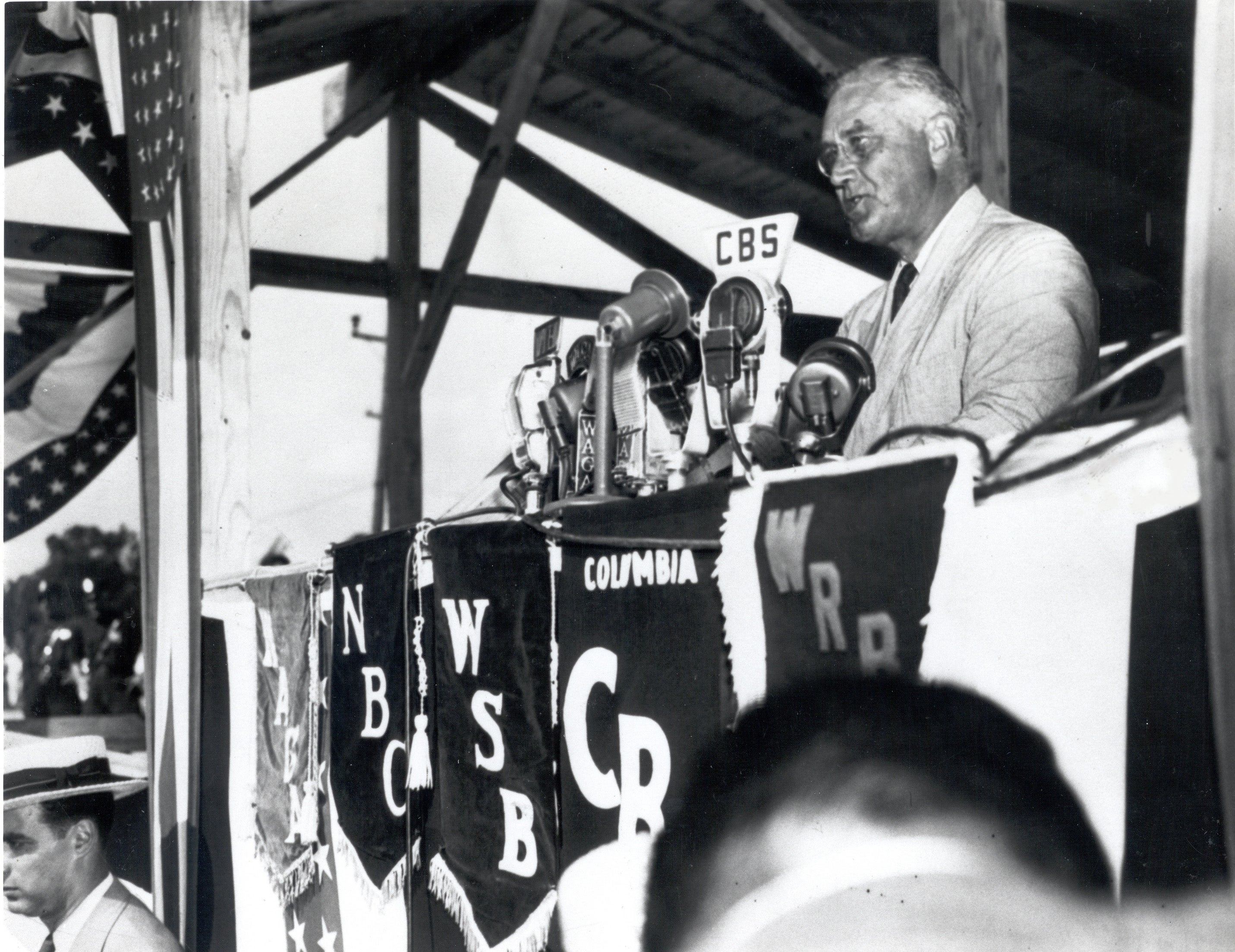

The REA Surveys Sussex County
With the Rural Electrification Act in effect, REA representatives began traveling across the country to survey land and gauge interest from rural residents on forming rural electric cooperatives. Sussex County was one of these early areas visited. At this point, the area was partially electrified by the investor-owned utility but this was focused mainly in sections close to mining operations and the most populated areas along county roads.
Sussex Boro, for example, had electric power as early as the turn of the century, but even by the 1930s many farms could not get affordable electric service. Some towns like McAfee had utility poles in the area to support telephone service but still did not have electricity.
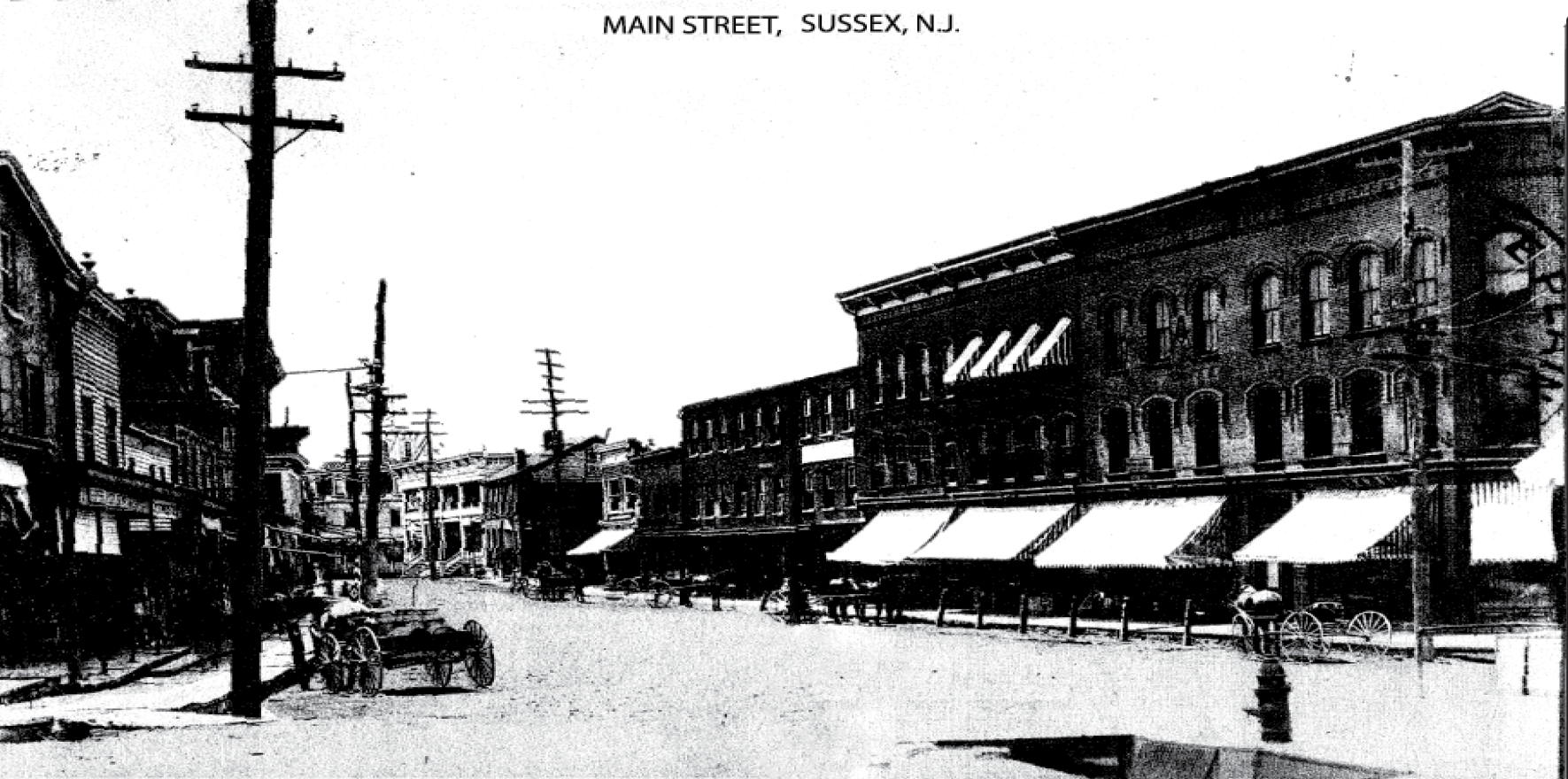

REA Promotional Posters
A big part of electrifying rural America in the 1930s was showing rural residents that it was a worthwhile cause. In many cases, this involved explaining how having their homes and farms connected to the electric grid would improve their day-to-day lives.
Promotional posters like these were made and distributed nationwide in order to explain and quantify for rural Americans the difference a kilowatt hour could make. This helped get many families interested in joining the grassroots movement to electrify their communities.

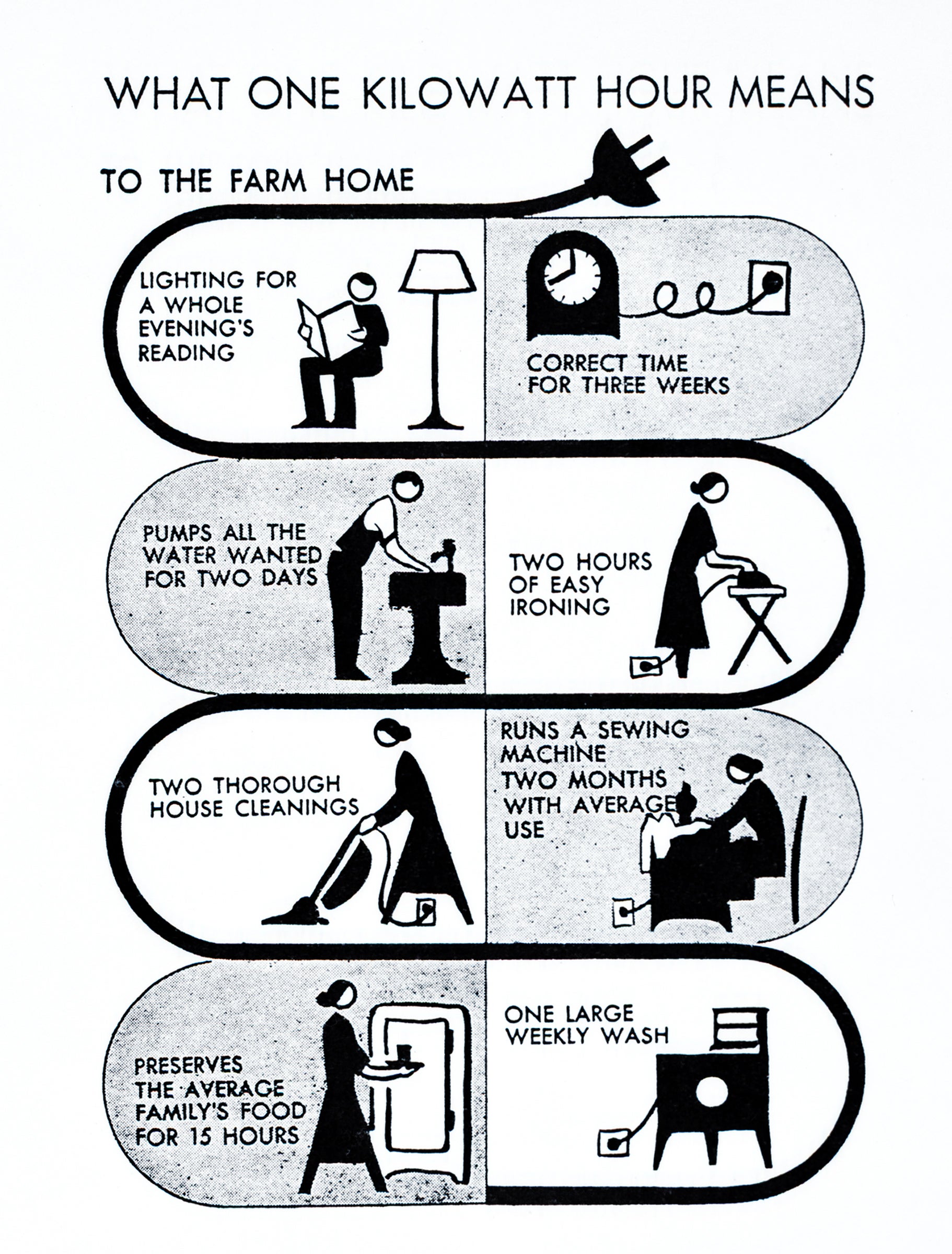
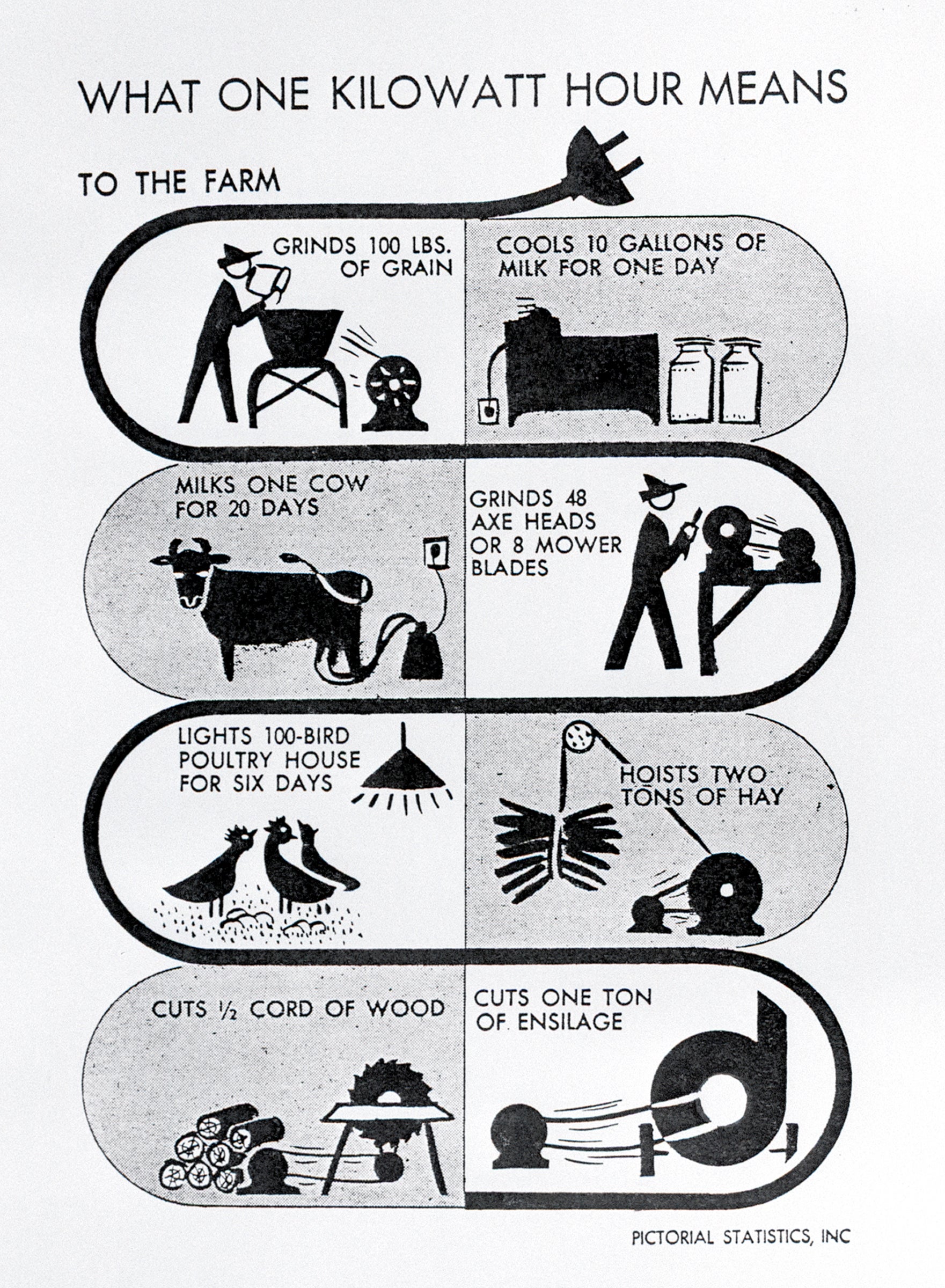

"The Electric Circus"
Efforts to inform Americans about the Rural Electrification Administration led to the creation of a traveling community event dubbed “the electric circus.” Workers, mostly women, taught people the benefits of electricity and demonstrated how easy electric powered-appliances and other equipment were to use compared to other alternatives of the time.
These events included presentations such as turkey-cooking contests and nighttime demonstrations of home lighting. These were creative ways to both familiarize rural families with how electricity worked and to get them excited the potential of gaining electricity for their own homes through co-op membership.
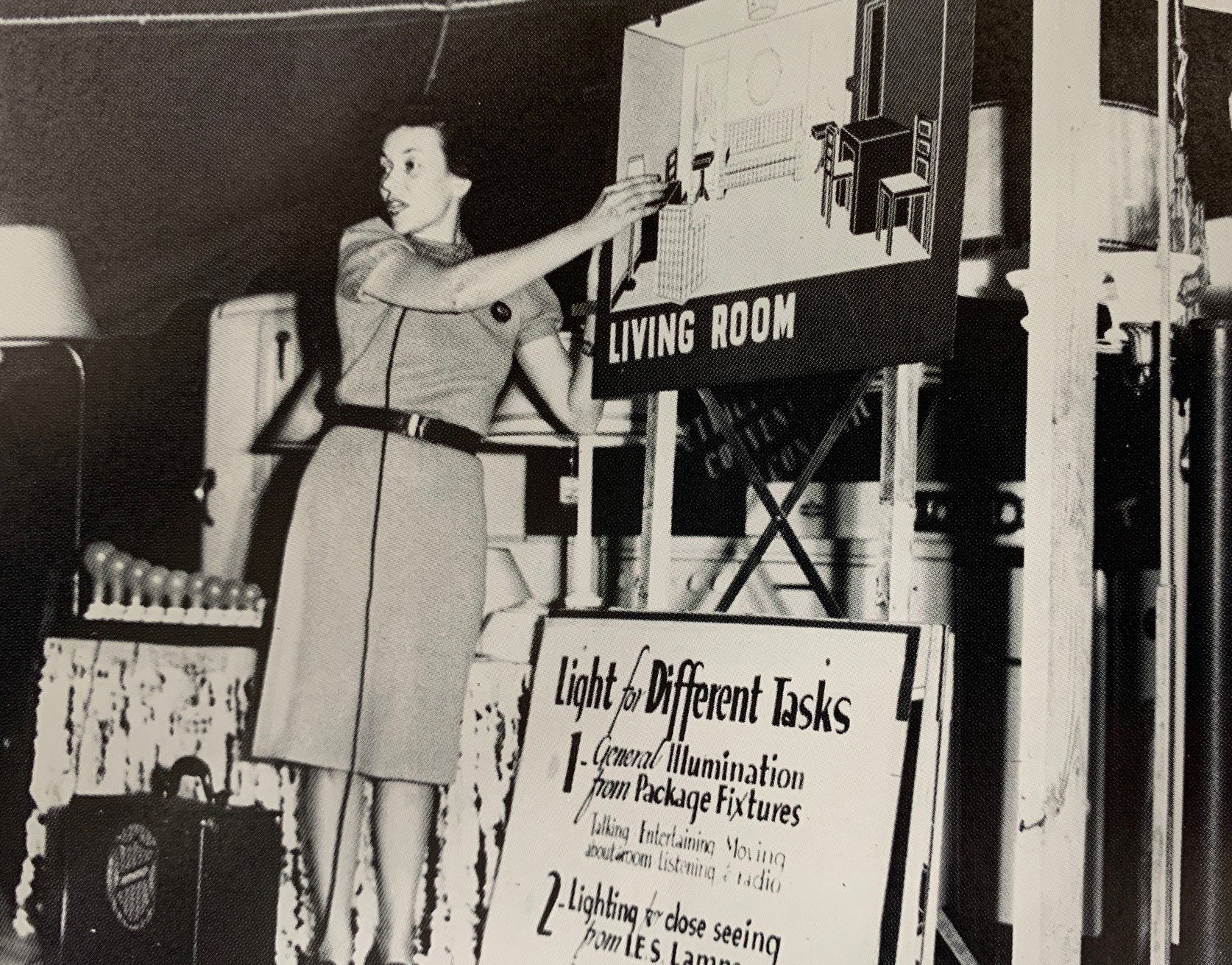

Sussex Rural Electric Cooperative is Formed
In 1936, 150 local farmers gathered at the Newton Courthouse to learn about what the Rural Electrification Administration could offer to help them form their own electric cooperative. Prior to this, the local investor-owned utility would charge at least $10,000 per farm to connect them to the existing electric grid. With an electric cooperative, members would just have to pay a $5 membership fee.
Many of the farmers signed on. On March 7th of 1937, Sussex Rural Electric Cooperative was officially formed. In April, SREC qualified for an REA loan of $134,000. The first SREC Board of Directors met on May 7th and used this money to award construction contracts for its first 128 miles of electric lines.
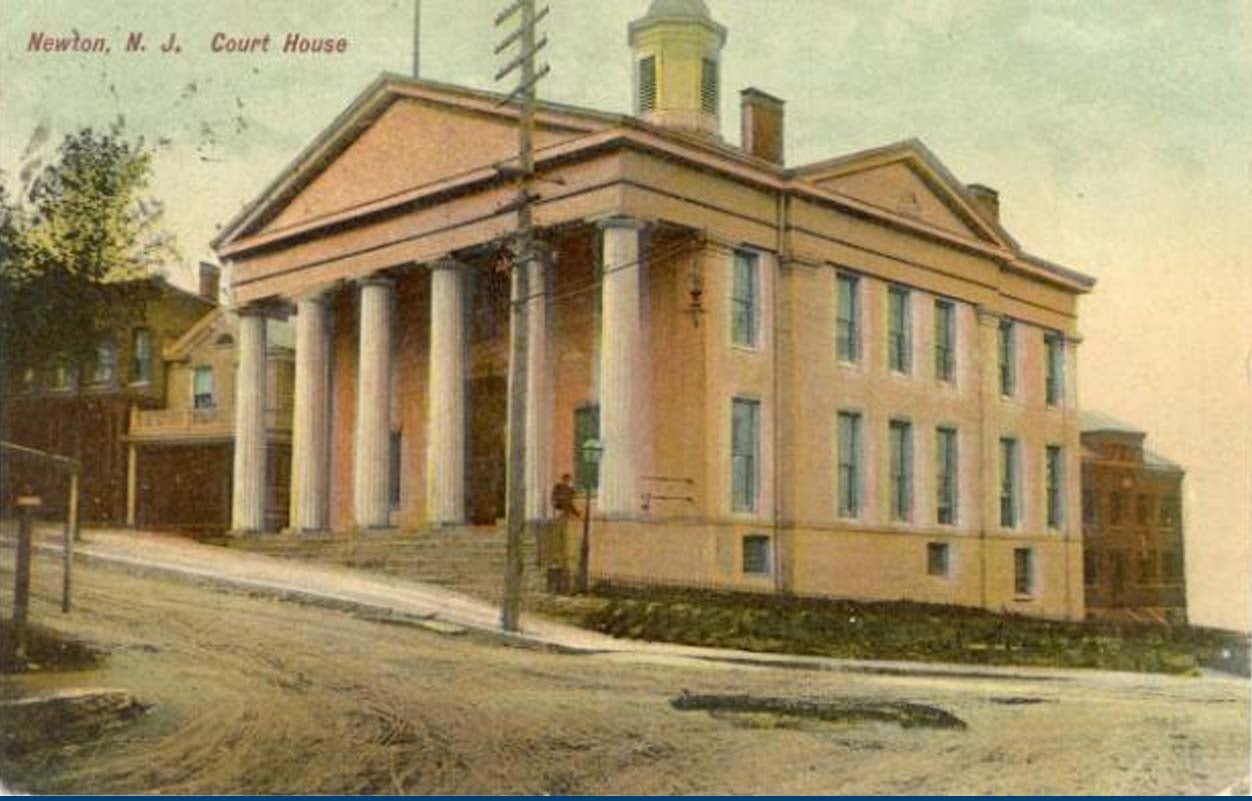

Early Lineworkers
After Sussex Rural Electric Cooperative was established, the time came for the newly-formed co-op’s crews to build its system from scratch. While the REA could provide technical knowledge to assist with this undertaking, much of this work was performed by members of the community, many of them farmers.
Many of these new linemen had no proper training and they did not have the benefit of access to the same kind of equipment lineworkers use today. Nevertheless, their hard work embodied the cooperative spirit and helped bring power to their community. SREC’s system was first energized on July 8th, giving the Co-op’s members access to electricity for the first time.
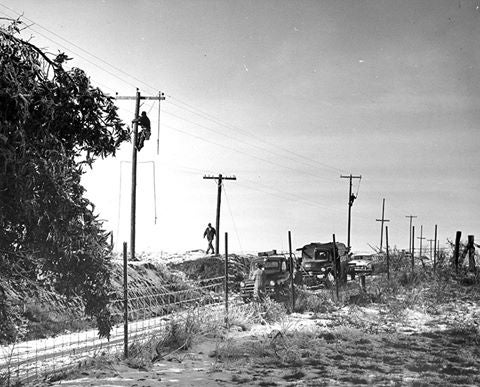

Rural Electrification Spreads
Throughout the country in the late 1930s and early 1940s, rural electric cooperatives were being formed with the support of the Rural Electrification Administration. Thanks to these efforts, more rural Americans had access to electricity than ever before. In 1941, 30% of farms nationwide had electricity, and by 1950 this figure had risen to 90%.
This rapid expansion of access to electricity was historic. Of the famous moments captured during this time is a photo known as “the Four Horsemen of the Lines.” This widely-published photo captures a climactic moment in Horton, Kansas, showing crews stringing the last miles of electric lines before the system was energized. The four crew members were all local farmers whose wages went toward wiring their farm homes.

The Seven Cooperative Principles
When the FDR administration made its plans for rural electrification, it was decided that a not-for-profit cooperative business model would work best to empower independent communities. Unlike with existing electric companies, those who paid the $5 membership fee became part-owners of the Cooperative.
Co-ops are governed by a set of Seven Principles: Voluntary & Open Membership, Democratic Member Control, Cooperation Among Cooperatives, Autonomy & Independence, Member Economic Participation, Concern for Community, and Education, Training, & Information. These are based on the Rochdale Principles, established in 1844 by an artisan cooperative in Rochdale, England.


Equipment Used by Early Lineworkers
While lineworkers today are almost synonymous with the image of their bucket trucks, early linemen did not have access to such technology. Horse-drawn carriages were often used to transport heavy equipment like poles when co-op systems were first being established.
Poles had to be raised by hand by groups of workers, and linemen frequently climbed poles in order to perform pole-top maintenance. Some areas’ new co-ops had access to trucks with cranes that could assist with raising poles. However, the modern bucket truck would not become commonplace among co-op crews until the 1960s and 1970s.
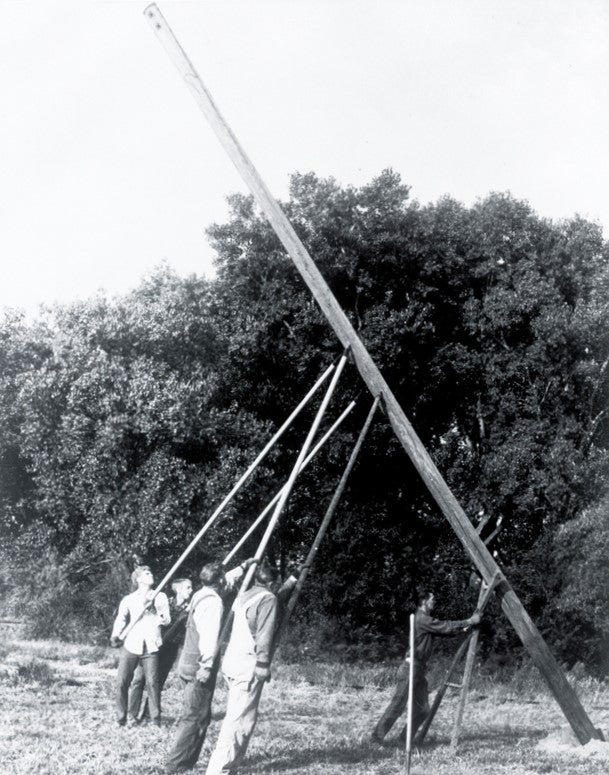

Media Buzz for SREC
In Sussex County as SREC was initially formed and building its system, there was a lot of media buzz about the process of the area becoming fully electrified. The primary local newspapers of the time were the Sussex Independent, the Wantage Register, and the New Jersey Herald.
These papers chronicled developments on the REA loan and the newly formed cooperative. They also ran stories about the investor-owned utility lowering their rates in face of new co-op competition.

Highland Lakes Is Formed
When Sussex Rural Electric Cooperative was first planning its system, the newly formed lake community of Highland Lakes was established. The REA decided to begin the construction of SREC’s system here due to the rapid increase of residents in the area.
Power was first activated to about fifty homes in Highland Lakes in the summer of 1937. Community members celebrated by laying out old washboards, oil lamps, and candles, save for one resident whose home was not hooked up in time for the planned service launch. SREC next continued its expansion into the Lafayette area.


Sussex Rural Electric Cooperative Energized
With funding from the REA, co-ops throughout the country began to build their systems and finally bring electricity to their communities. New co-op members eagerly awaited the way their lives would change once their co-ops’ systems were energized.
Construction of Sussex Rural Electric Cooperative’s lines began in May of 1937. By July 8th, the first portion of this system was energized. SREC’s original system was 128 miles of lines, and has since grown to over 700 miles today.
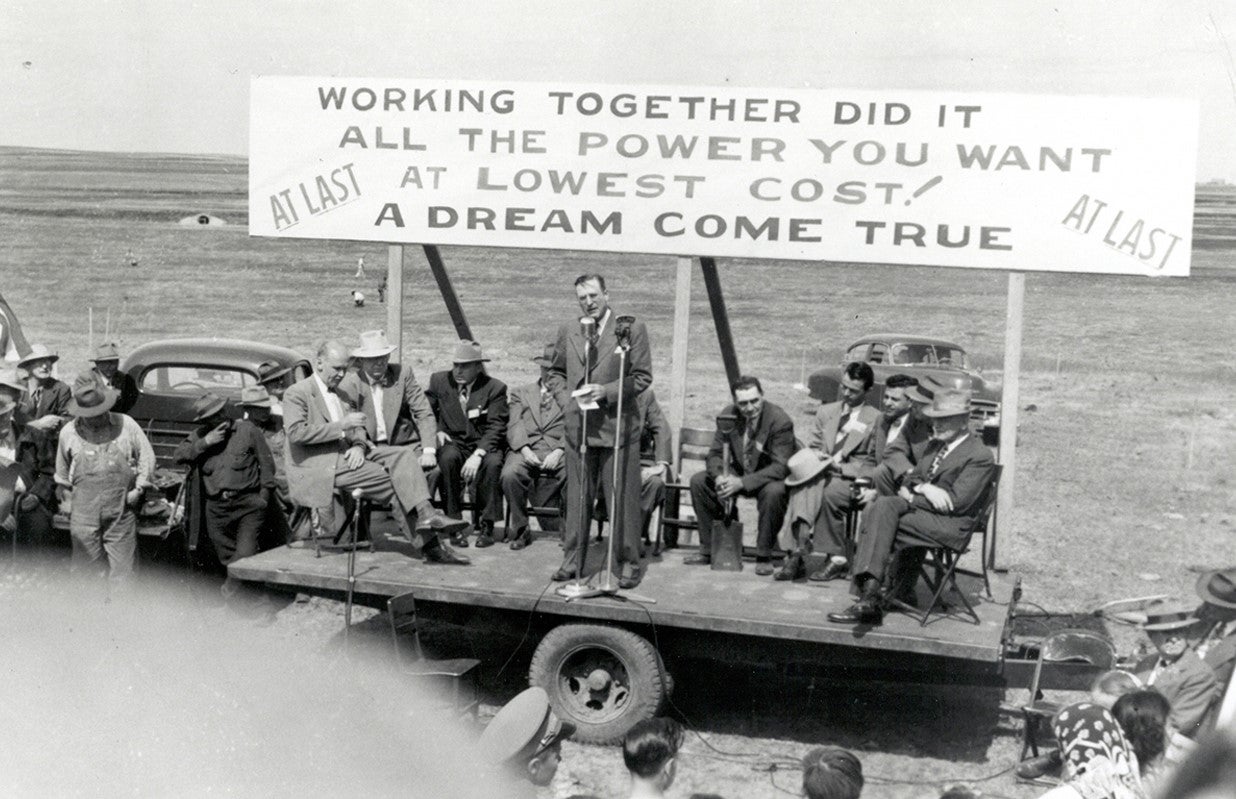

New Appliances in the Home
Many rural Americans purchased electric-powered appliances for the first time in the lead-up to their co-op’s energization of their area. The electric iron was typically one of the first of these items purchased.
Other popular items included refrigerators, washing machines, water pumps, and radios. Access to these items completely changed day-to-day life for families who did not previously have electricity and helped modernize their communities.
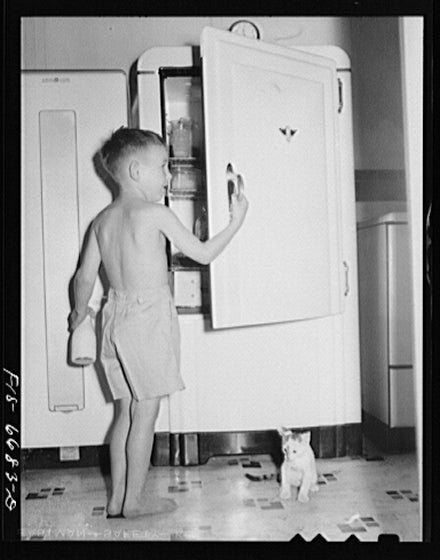

Access to Lighting
To many, the most important change that came with electrification was no longer having to rely on dim, limited oil lamps to light their homes after dark. Many communities celebrated by shattering, or even burying, their oil lamps. Electric lighting was so important that for years, many rural Americans referred to electricity not as “electricity,” but as “lights.”
Farmers could now keep their barns lit with less risk of fire. Activities like reading or knitting no longer required families to crowd around a single lamp. Children’s studies greatly benefitted from having access to adequate lighting. Before long, those who hadn’t signed on to their co-ops saw these benefits and requested to have their homes wired as well.
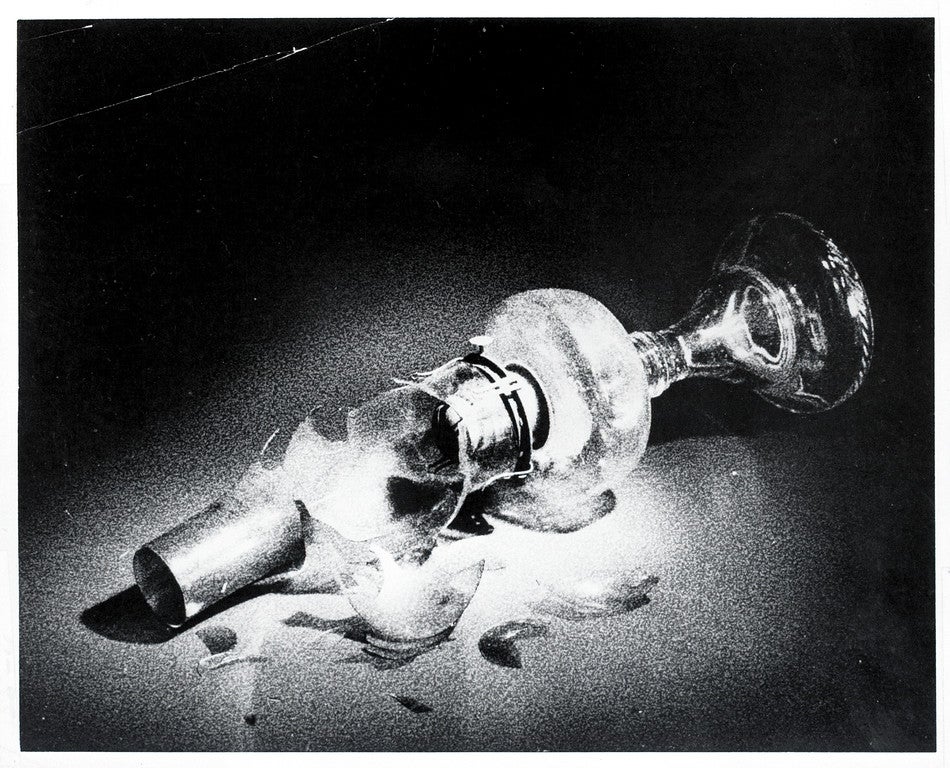

SREC Territory and Membership Expansion
Before building out its system, the newly formed Sussex Rural Electric Cooperative had to negotiate its service territory around its neighboring utility. On March 1st, 1937, it was established that SREC would primarily cover the townships of Wantage, Vernon, Frankford, and Lafayette. SREC began its operations when 500 residents of Sussex County had signed up, served from just one substation.
Pictured is a map from 1938 showing SREC’s early system. After energizing it, many neighbors of new members saw the benefits that came with electricity and decided to sign on to the Co-op. In a short amount of time, over 1,000 more members had joined. Today, Sussex Rural Electric Cooperative has about 12,000 members on its system.
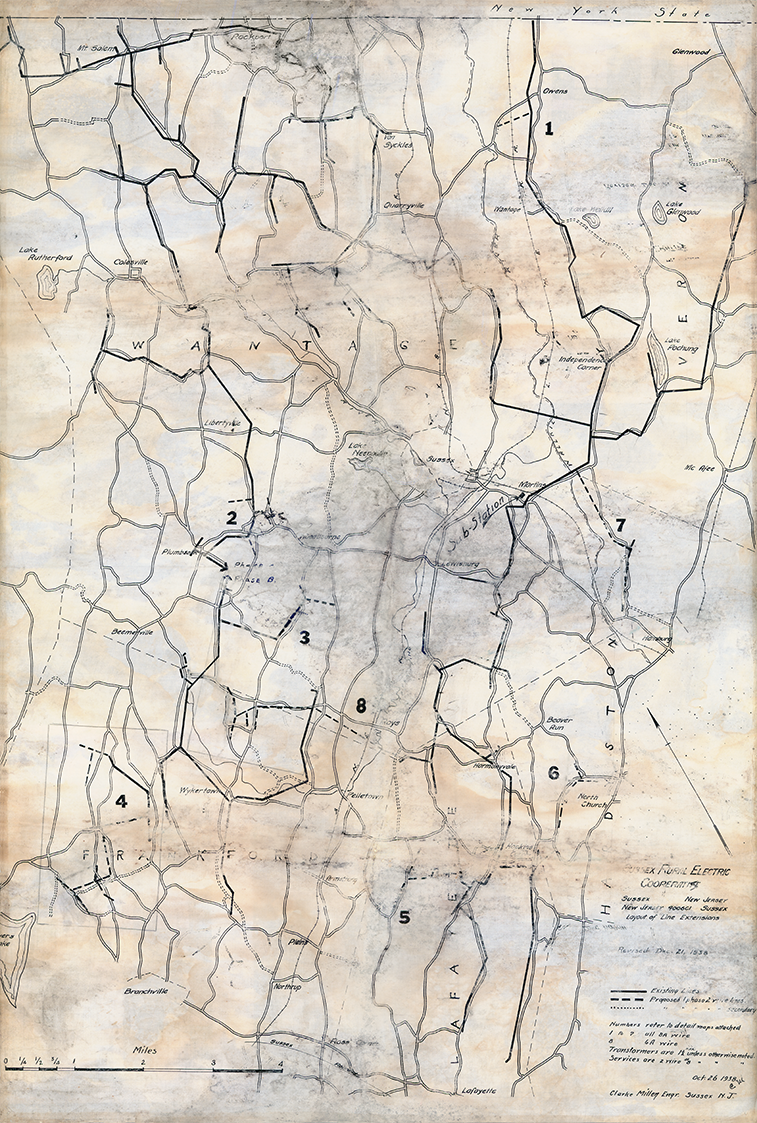

Farm Life with Electricity
Electricity completely changed how farm families could spend their time. In addition to electric-powered motors that made farmwork more efficient, the electric milk pump was incredibly important to Sussex County farmers, who were primarily dairy farmers.
With electricity making farmwork easier, rural families found themselves with more time for leisure. The radio was a very popular purchase once co-op lines were energized, with radio ownership increasing by 81% (higher than washing machines, vacuums, or water pumps). The radio helped rural communities become more connected to the world around them, through news, weather, music, and FDR’s addresses.
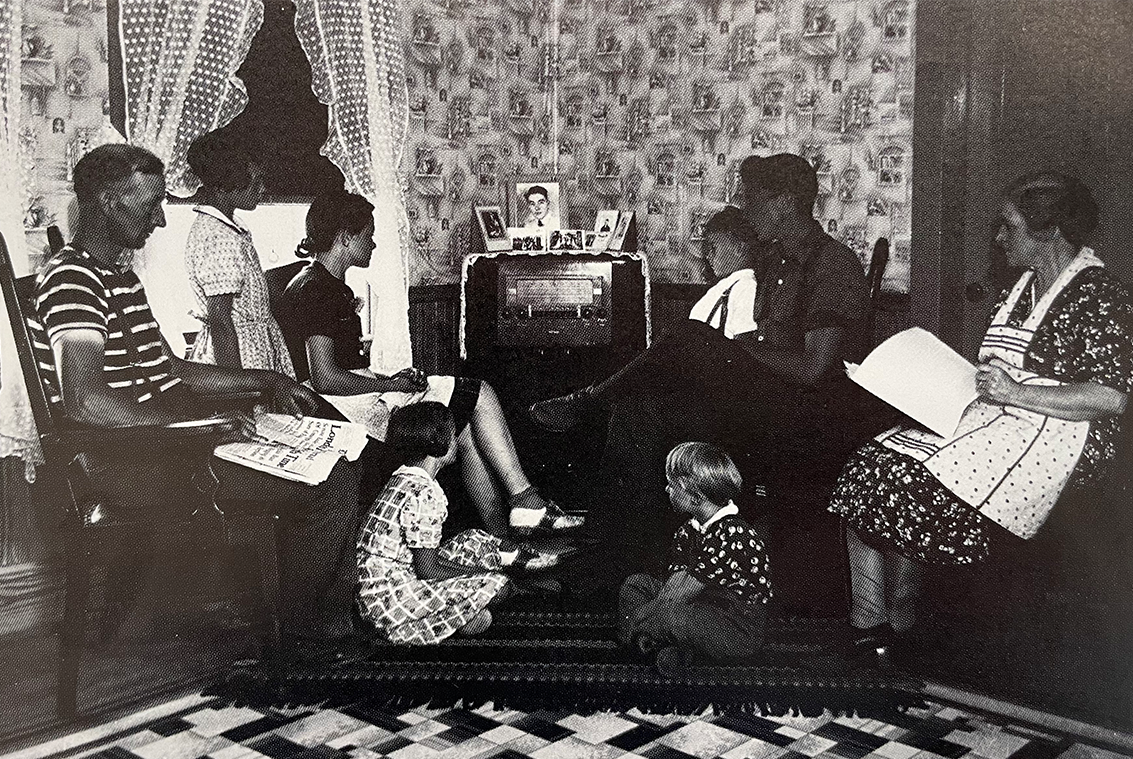

Experience of the Post Family
Local media took an interest in farm families who were hooked up with electricity for the first time in the late 30s. The Post family of Hopkins Corner was interviewed by the Sussex Independent, showing the reactions of family members of different age groups. The grandmother Alice Post enjoyed the convenience of electric light, but still held a fondness for the oil lamp she had relied on for years.
Meanwhile, young Buddy Post was very happy with the relief electricity brought to his daily chores. Their sink installed after electrification sat underneath a framed photo of SREC’s fist general manager Lester Lance.
Buddy’s father, Albert Post, was interviewed years later by the Newark Sunday News. He was among the early farmers to sign on to SREC and remembered bird trouble early on. He is quoted as saying “They would sit on the bottom line and make it sag way down. Then, most would fly away. The bottom line would snap up, hit the top line and we’d be shorted out. The birds that didn’t get off were fried.”
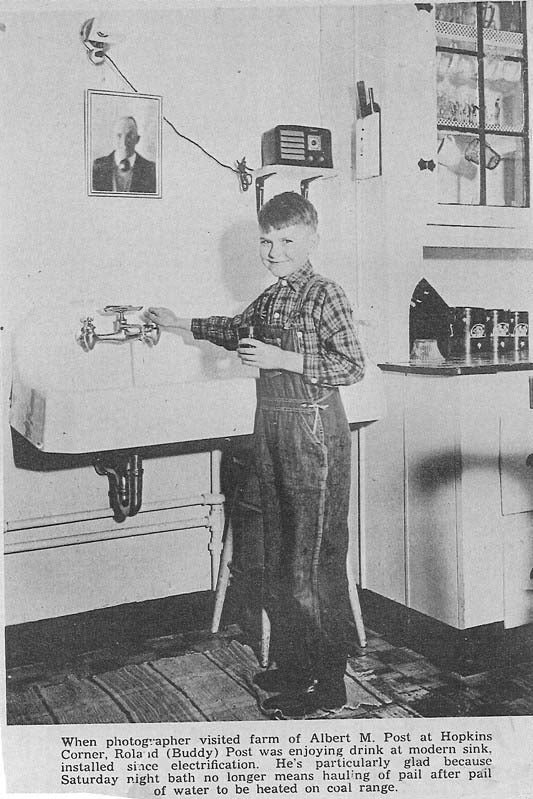

Early Outages
Outages were a challenge for electric co-ops during the early years as co-op systems were not as sturdy as today’s. Outages due to birds and blown fuses were common, with severe weather sometimes causing longer, more widespread outages. Members at this time were more tolerant of power outages. Having lived for so long without electricity, many were okay with at least having “part-time electricity.”
Part of the challenge of responding to outages was the lack of manpower and materials. This was worsened by WWII, when many men were drafted and materials used for utility systems were needed for the war effort. Linework was also more dangerous due to fewer safety measures. Over time, co-op linemen strengthened their systems and received better equipment and training.
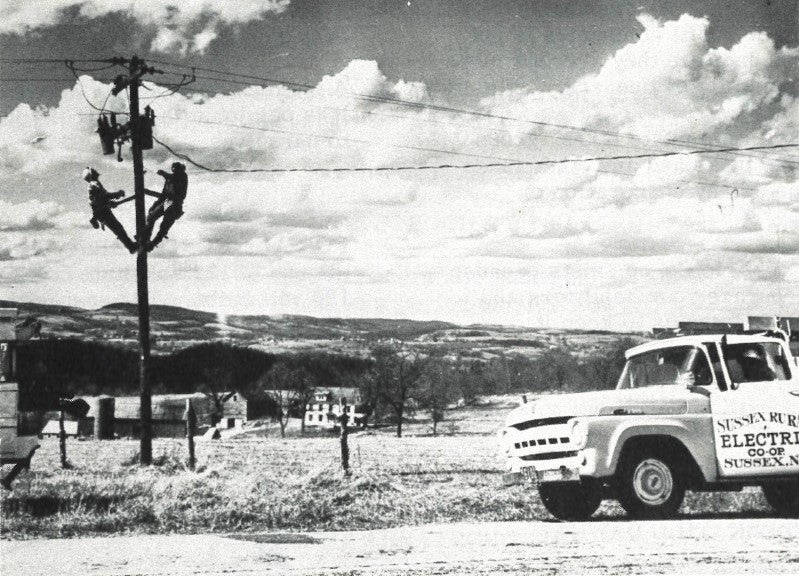

Meter Reading
Electric co-ops and other utilities used to employ meter readers who would visit each residence in their service territory to note readings from each meter, to determine kWh used and amount owed for electricity. Meter reading was an important facet of the process until recent decades, when Automated Metering Infrastructure revolutionized how electric companies can collect information on usage.
For a number of years, SREC had its members self-report their meter readings. This began during WWII in response to gas rations. In 1943, SREC was only allowed 30 gallons a month for its one truck. Instead of visiting each household SREC mailed meter reading cards to its members every month. This practice continued into the 1950s before SREC was able to grow its staff.
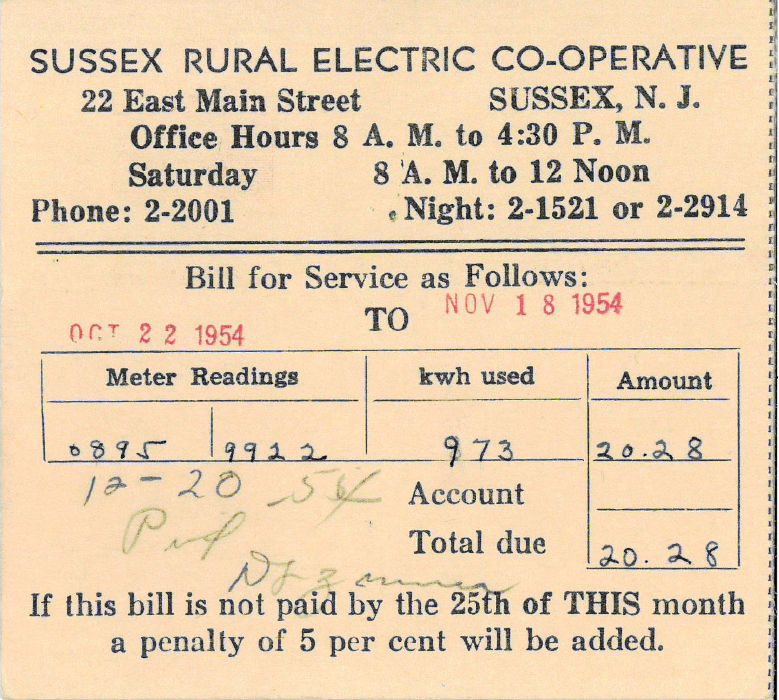

SREC's Office
When Sussex Rural Electric Cooperative was founded it purchased its first office building, located at 22 East Main Street in Sussex. The Co-op started small, with a small staff and just one truck, but eventually grew beyond this building.
As it expanded over the years, SREC began to purchase locations around this building. In 1965, almost twenty years after moving into its office, SREC purchased a garage behind the building. In 1983, SREC purchased another adjacent building to serve as an annex for its engineering department. By the 1990s, it was decided to move to a new location. Before finding its current building, SREC purchased the McCoy’s Corner property which went unused and was later sold to become the Sussex-Wantage Library.
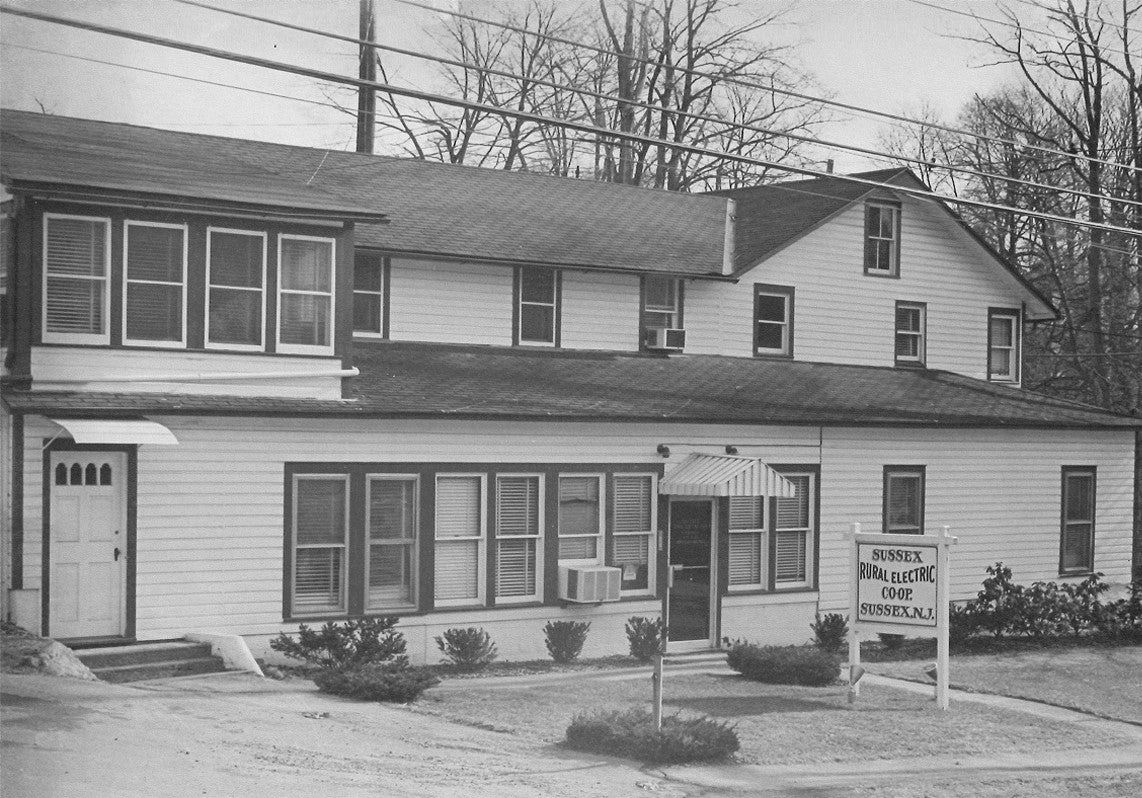

SREC's Annual Meetings
As an organization founded by its community, Sussex Rural Electric Cooperative’s Annual Meeting has historically held an important role. SREC held a traditional Annual Meeting every year from its first anniversary in 1948 up until the COVID pandemic. The Annual Meeting allowed SREC staff to meet face-to-face with members and was especially important when the Co-op had access to fewer communication tools.
For decades, the meeting was held in the auditorium of High Point Regional High School and offered updates on the Cooperative’s business, guest speakers, dinner, and prize drawings. The grand prize was usually a new TV, which became more and more extravagant every year as technology improved.
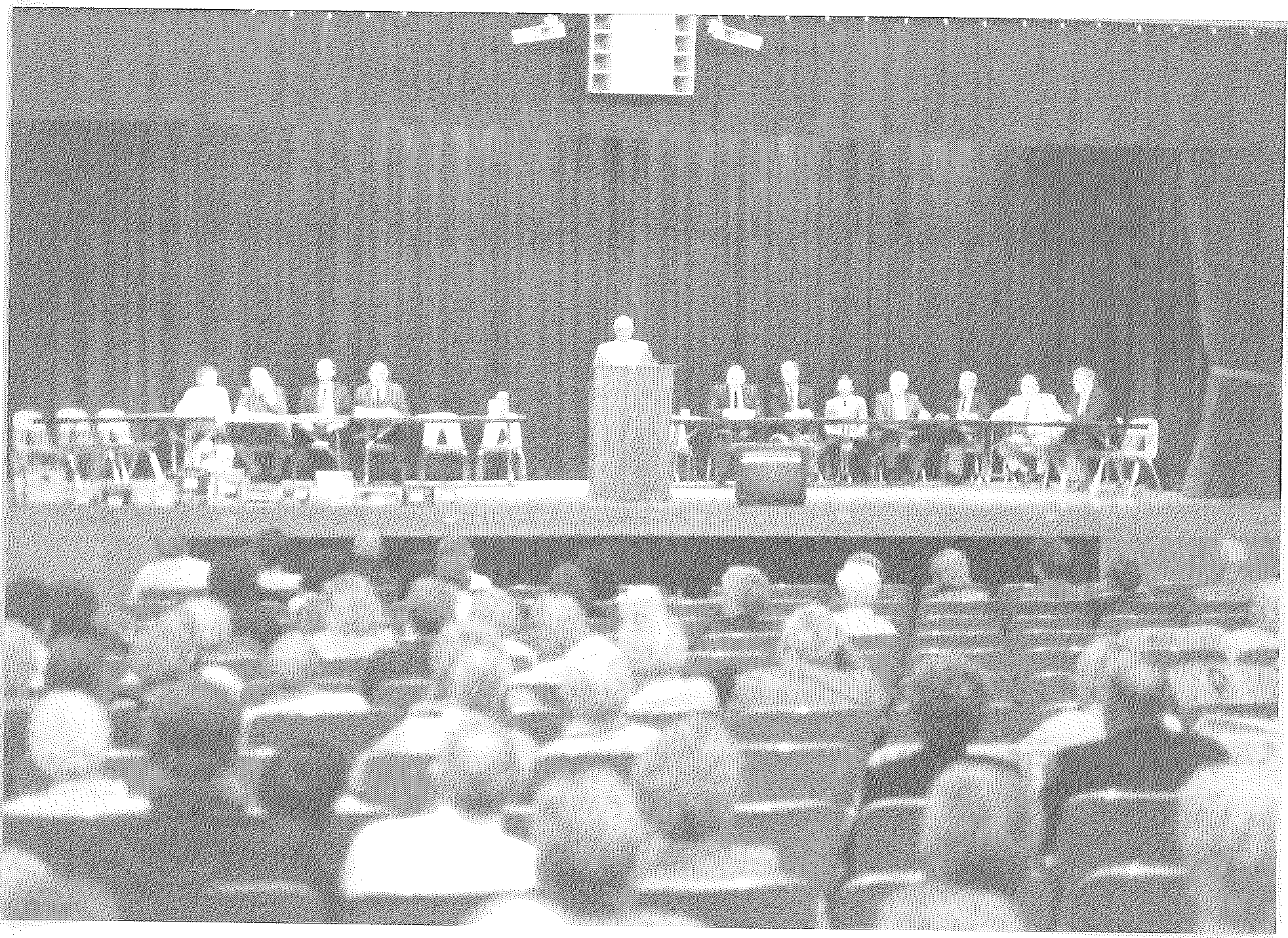

Babe Ruth Visits Sussex County
A famous visitor of Sussex County during SREC’s early years was Babe Ruth. Ruth began visiting the area during the later years of his stint with the Bronx Bombers. Ruth came to hunt, fish, and golf – but, reportedly, he spent most of his time partying. In the 30s and 40s, he and his friends frequented the Hardyston Hotel, which today is the Irish Cottage Inn.
Across from this hotel was Jim’s Texaco Station, owned by Jim Henderson, who would go on to serve on SREC’s board of directors. Ruth’s late-night exploits often brought him to the station looking for gas or ice cream, leading him and Jim to become friendly. Today, a photo of the pair bowling together has a place in SREC’s boardroom.


Glass Insulators
Insulators are used to support power lines while preventing the flow of electric current from escaping down the pole. Glass used to be the main material used for insulators because it has a high resistance to electricity. While some are still used, most glass insulators were eventually phased out as voltage increased. Today, insulators are commonly made of porcelain or polymer composites.
Glass insulators have found a new life as collector’s items. They were made in a variety of colors and styles, and lineworkers often took home glass insulators after replacing them. Many can now be found in antique shops or private collections.


PREA
Rural electric cooperatives rapidly spread throughout the US during the 30s and 40s, but Sussex Rural Electric Cooperative has remained the only electric co-op in New Jersey. Electric co-ops formed “statewide associations” to easily share resources. Because there are no other NJ co-ops, SREC is grouped with Pennsylvania’s statewide, the Pennsylvania Rural Electric Association or “PREA.”
PREA was formed in 1942 to help represent co-op interests and assist each individual co-op in power purchases. PREA also offers safety and job training to co-op crews, funds scholarships for member students, and coordinates participation in the National Youth Tour. SREC joined PREA in 1974.
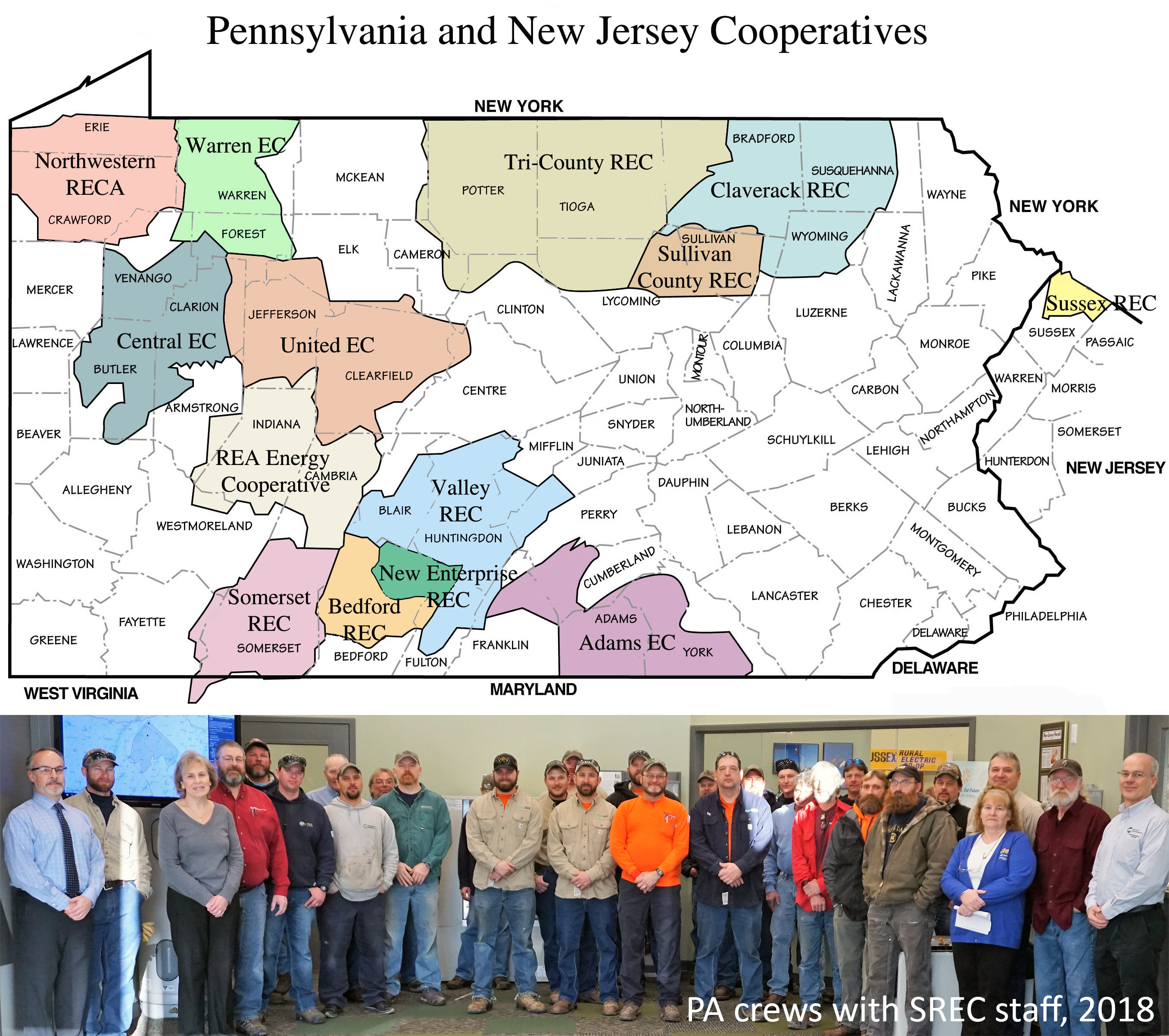

Allegheny Electric Cooperative
Allegheny Electric Cooperative is a generation and transmission cooperative formed in 1945 to assist PREA co-ops in negotiating rates with power companies. SREC joined this group in 1972. Its mission later expanded to securing stake in generation facilities to ensure the best rates for the co-ops and their members. In 1977, Allegheny purchased 10% of the Susquehanna Steam Electric Station, a nuclear power plant in Berwick, PA. Today, electricity from this power plant makes up over 50% of SREC’s power mix.
For years, Allegheny has held contracts with the Niagara Power Project to secure hydroelectric power for its members. This plant was opened with the provision that 50% of its power going to non-profit utilities like co-ops. Beginning in 1984, Allegheny invested more heavily in hydropower through construction of the Raystown Hydroelectric Project in Huntingdon County, PA. These two sources account for the 9.2% hydro power in SREC’s modern power mix.
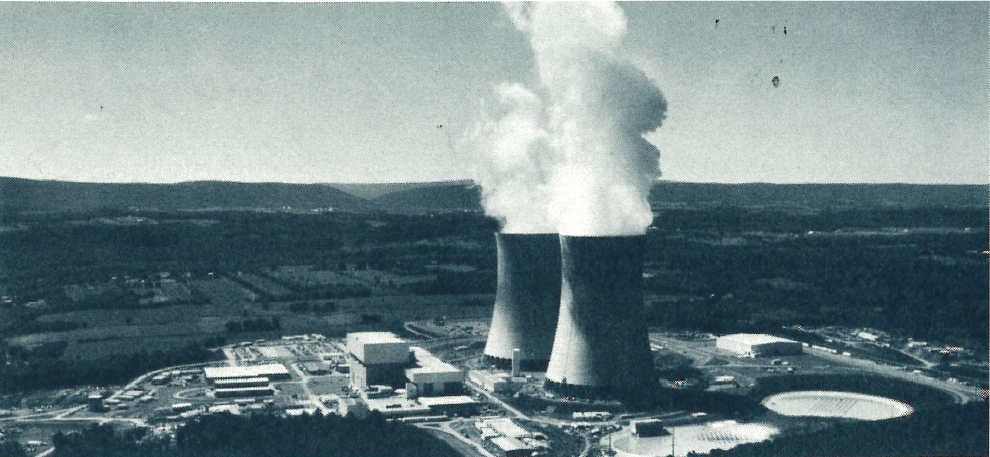
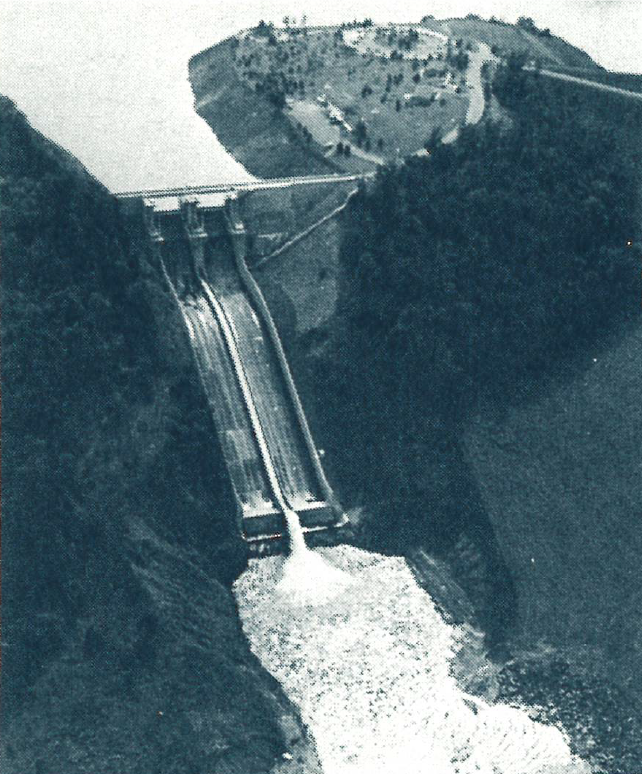

Willie Wiredhand
In the 1950s, the National Rural Electric Cooperative Association was looking for a mascot to represent rural electrification, so they held a contest. In 1950, they selected Willie Wiredhand, the creation of artist Drew McLay. The name comes from the idea that electricity was like a new “hired hand” on the farm. Willie's head is a light bulb socket, his body is a wire, and his hips and legs are a power plug.
For decades, Willie Wiredhand represented rural electric co-ops throughout the country, including Sussex Rural Electric Cooperative. SREC formerly had an image of Willie Wiredhand present on its vehicles as well as the garage at its previous office. He is not used as frequently today, but Willie has been an enduring symbol of rural electrification for years and still occasionally appears as a part of co-ops’ marketing efforts.
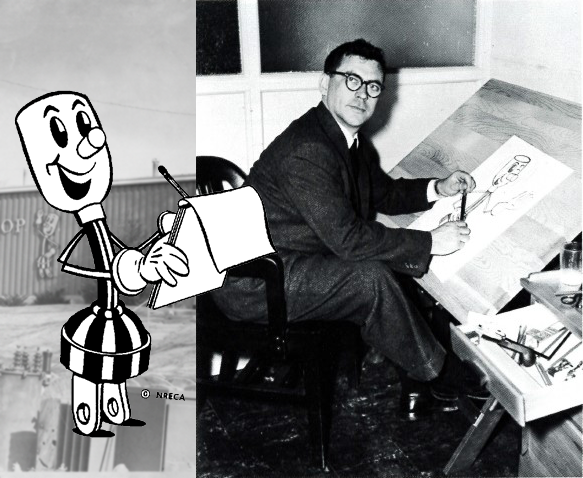

SREC Newsletters
\Before “Currents,” Sussex Rural Electric Cooperative’s first newsletter was introduced in 1959. Titled “Watts New on the High Point Circuit,” it featured short articles, official notices of rate changes and upcoming Annual Meetings, and progress reports on the Co-op’s growth. The newsletter was simpler than today’s offerings and was an early example of SREC adopting new communication methods as its membership grew.
In the 1970s when SREC became a member of the Pennsylvania Rural Electric Association, members instead received monthly issues of “Penn Lines” magazine. Every PREA co-op had a version of each issue sent to their members that included articles and updates from the members’ co-op. SREC used Penn Lines as a main communication platform until 1998, when it began producing its own newsletter, which is still running today.
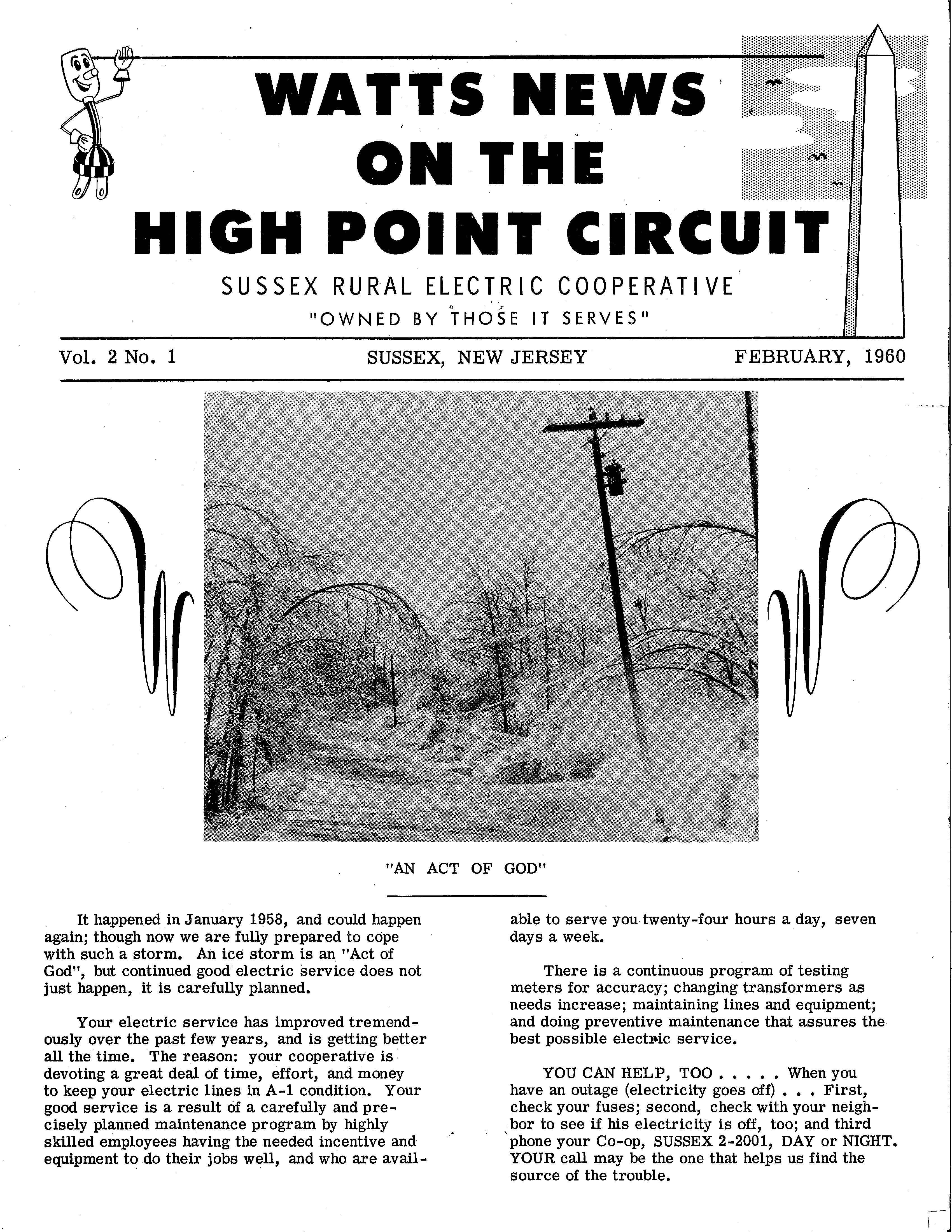
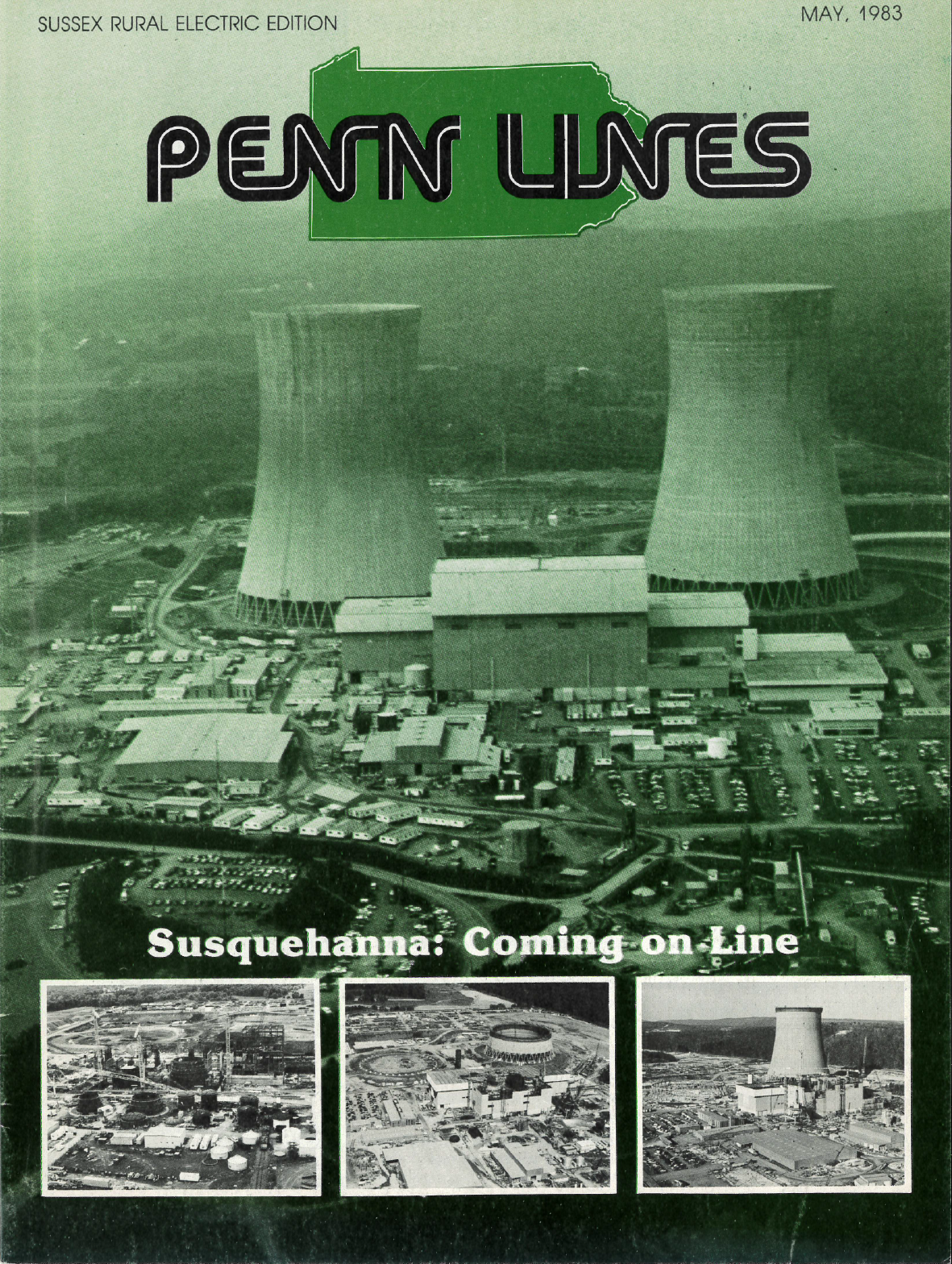
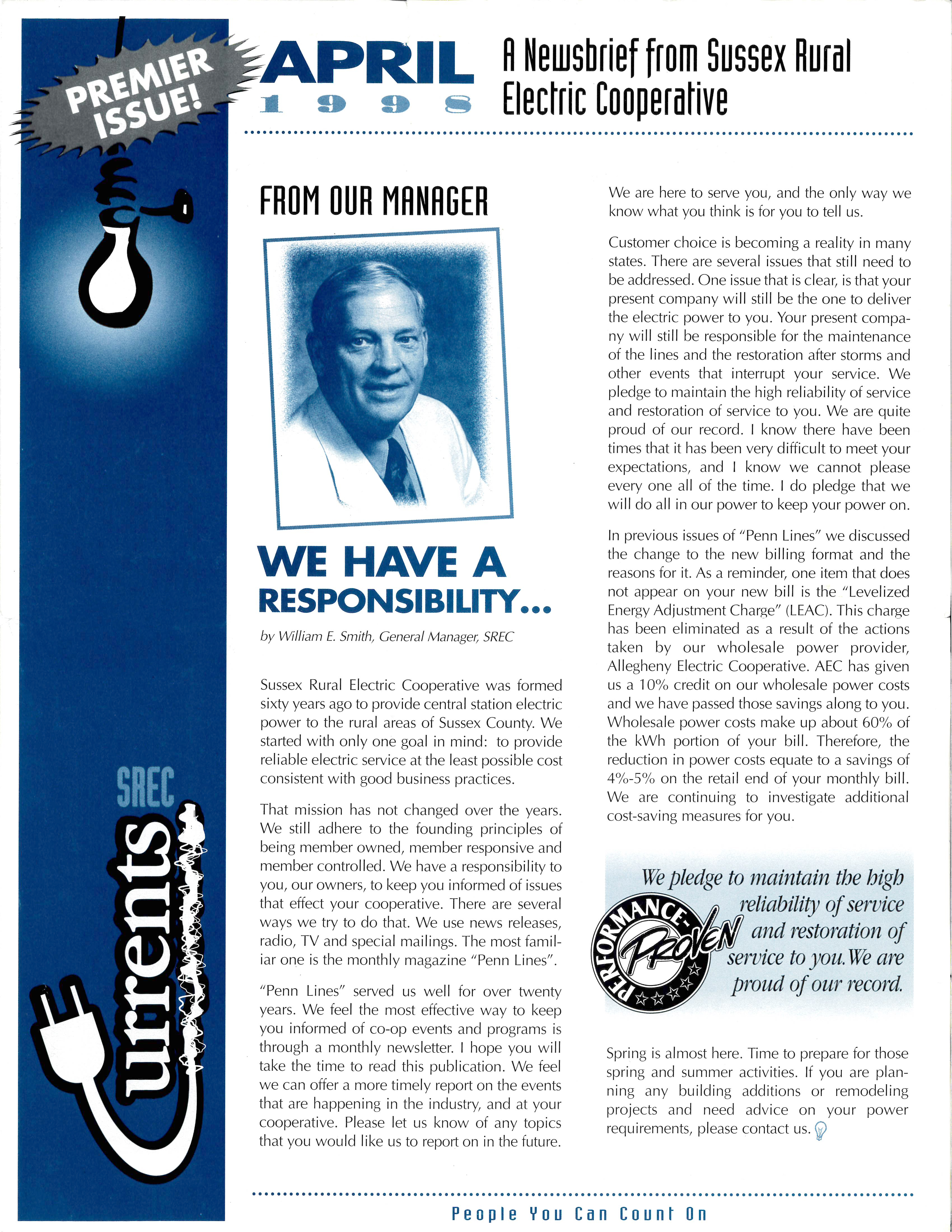

Co-op Growth
SREC began its operations in 1937 with just 500 members. While membership grew over the years, after a certain point this growth slowed down while the average household’s demand for electricity continued to grow. This led to more frequent blackouts in the 1970s, including a large outage in Vernon and Wantage on Thanksgiving Day in 1975.
To remedy this situation, SREC made the decision to add more substations to its system. Prior to this it had just two, but it added its Clark Road and Barry Lake substations over the following two years. These investments created better reliability for SREC’s membership and helped its system meet more modern standards for electricity usage. Today, SREC has six substations.


Co-ops and Politics
Created by FDR’s New Deal, the Rural Electrification Administration and rural electric co-ops like SREC were born out of politics. Because of this, the National Rural Electric Cooperative Association has kept keen interest in American politics. Grassroots political action allows NRECA to advocate for the interests of co-op members. Many presidents displayed public support for the electric co-op community in their political careers, including Truman, Eisenhower, JFK, LBJ, and Carter.
A key political battle took place in 1972, when President Nixon’s administration terminated the affordable REA loans that had allowed many co-ops to be created and to prosper. Political pressure from NRECA and rural citizens soon caused Congress to create a new REA lending program to help support co-op development, which Nixon then signed into law. Later on in 1993, the REA was absorbed into the Rural Utilities Service which continues to support co-ops throughout the US.

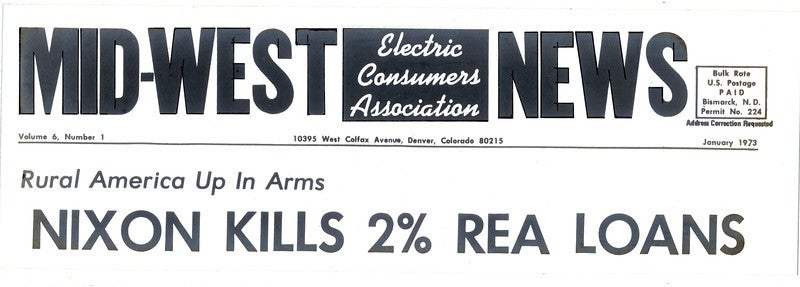

Lineworker Safety and Technology Evolves
Over the decades as technology and training improved, the role of the lineworker evolved. Safety was a major issue in early years, with nearly 1 in 3 linemen being killed on the job, mostly through electrocution. The profession became much safer over the years as new training and safety standards were developed and tools such as PPE (personal protective equipment), insulating line covers, and hotsticks could be used to decrease risk when working on live wires.
A key gamechanger was the introduction of the bucket truck. Modern bucket trucks didn’t become standard for electric cooperatives until the 1960s and 1970s. The design of these trucks was based off the bucket trucks used for cherry picking. When applied to utilities, they revolutionized the industry by allowing for easier access to overhead power lines. Rather than having to climb every pole, linemen could now make use of the bucket truck to make repairs safely and efficiently. The buckets of these vehicles are made using non-conductive materials such as fiberglass.
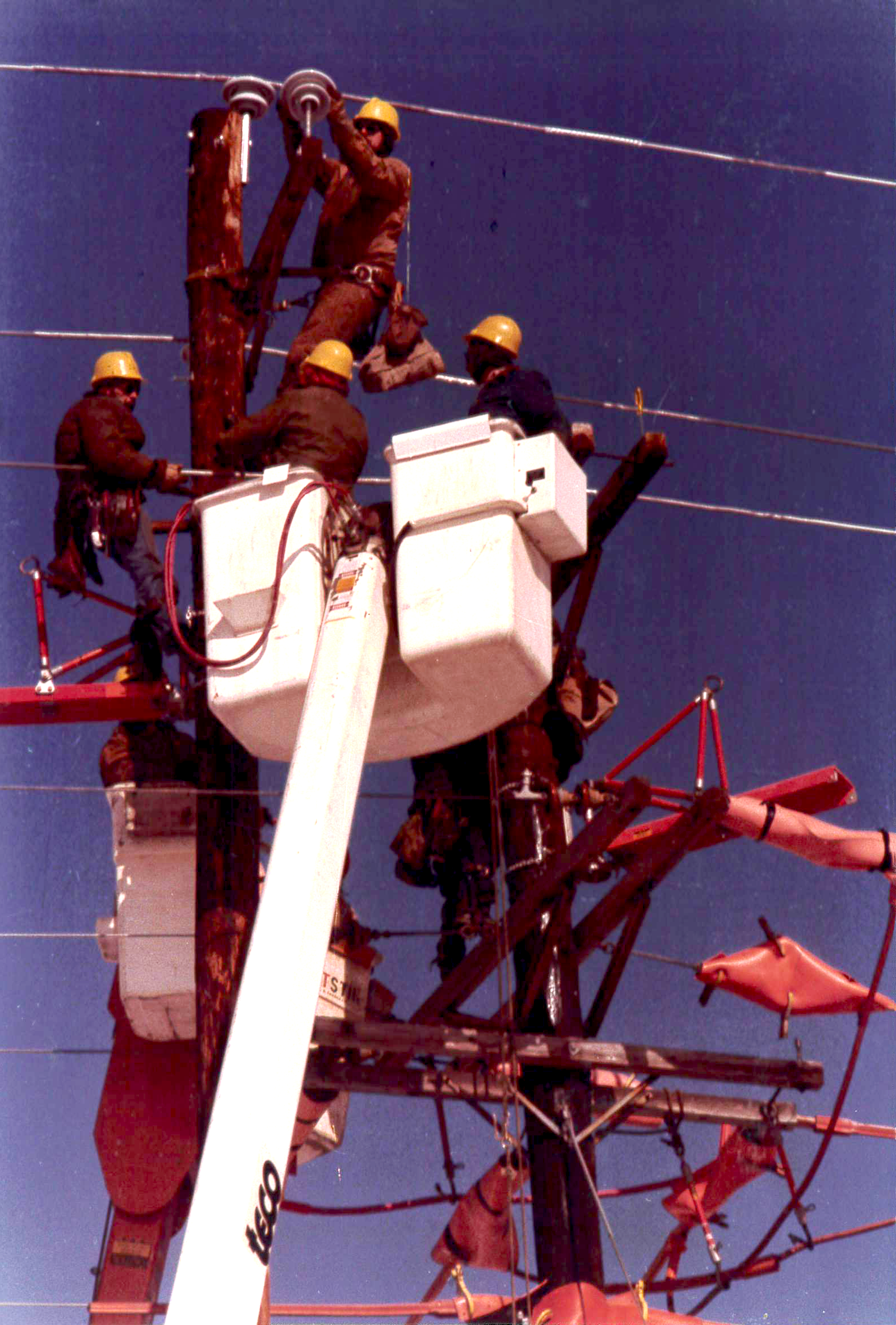

SREC Retires Capital Credits
Rural electric cooperatives were designed as member-owned, not-for-profit organizations in order to meet the need for affordable electric service in rural communities. In order to operate at-cost, any profits, or “margins,” generated by co-ops are reinvested into the system then eventually “retired” as capital credits. This money is returned to members based on the power they used each year. Since 1988, US electric co-ops have returned $19 billion total in capital credits.
Sussex Rural Electric Cooperative first became financially able to return capital credits to members in the year 1983. Since then, SREC has been able to return all capital credits from its decades of operation and is now caught up to returning money from more recent years. Our board of directors evaluates when the co-op is in a good financial position to return capital credits. We will share more info on any upcoming retirement later in the year.


Youth Tour
Since 1950, the National Rural Electric Youth Tour has brought thousands of students from all over the country together for a week in Washington, D.C. Hundreds of electric cooperatives participate in this program to give high school juniors the opportunity to learn more about their co-op and their country through an all-expenses paid trip.
Sussex Rural Electric Cooperative has participated in this program since 1986. Over the years, we have brought many students from our local high schools to our nation’s capital where they explore museums, meet our elected officials, and make friends from other parts of the country. After a break from Youth Tour beginning in 2020, SREC will again be participating in 2023’s trip. You can learn more at http://www.njyouthtour.com.



Sussex Rural TV
In the 1980s, electric co-ops saw a new opportunity to fill a need for underserved rural areas, just as they did when bringing electricity in the 40s. Many rural Americans had insufficient access to cable, so NRECA formed the National Rural Telecommunication Cooperative. They bargained to create low-price programming distributed to rural customers using satellite TV, reaching over 60,000 subscribers nationwide.
SREC participated by forming its own satellite TV subsidiary, Sussex Rural TV, in the late 1980s. This service was available to SREC members for the cost of $10 - $15 per month. This lasted until 1998 when Sussex Rural TV was sold to Steuben Rural TV which could offer more to subscribers. Most rural electric co-op satellite TV programs ended around this time, but today many co-ops have entered the broadband business to meet the needs of their modern members.


Vernon Substation Rebuild
In 1991, Sussex Rural Electric Cooperative began a major project to rebuild some of its infrastructure in the Vernon area, including a substation. Growth in this area had created a need for higher capacity, so SREC crews rebuilt Vernon’s transmission and its substation, which was moved to its current location on Breakneck Road.
This was a $1.2 million project designed to support the energy needs of members in the Vernon area. All work except for the site excavation, concrete work, landscaping, and fence was done by employees and was completed in July of 1992. Following the completion of this project, SREC hosted a picnic for its employees within the substation.
This same year, the decision as made that all newly purchased Co-op vehicles would be white.
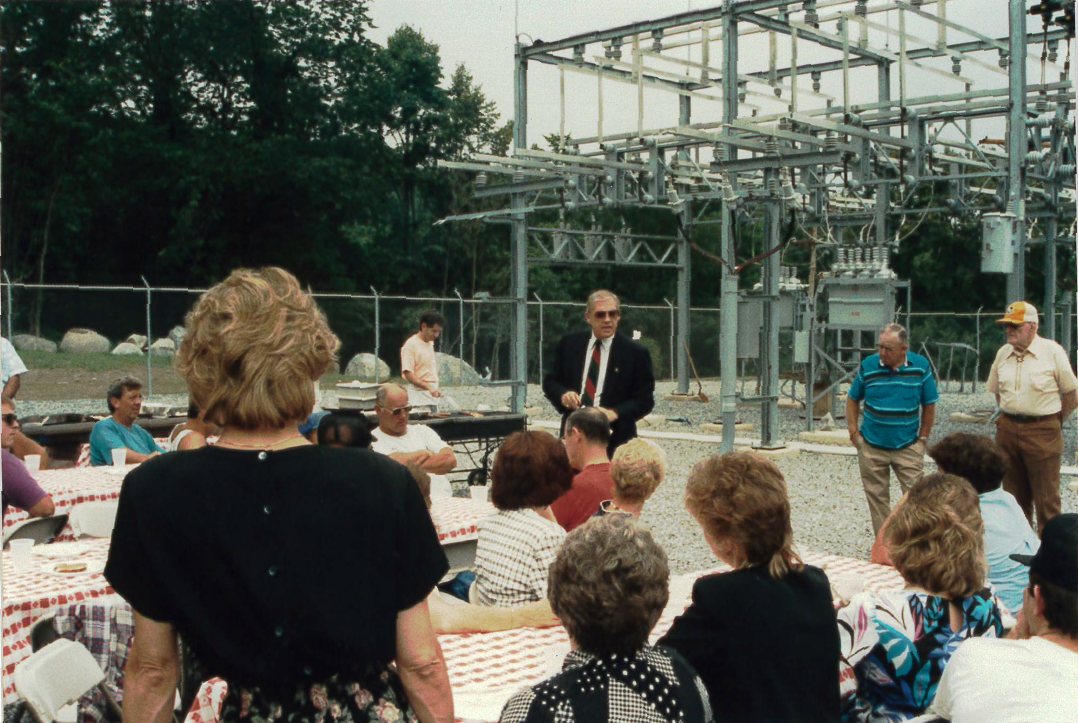

Electric Thermal Storage Heat
SREC first began offering Electric Thermal Storage heating options to members in 1992 following the success of a pilot program. These Steffes products are available as furnaces or room units and use cheaper off-peak electricity to heat your home. SREC’s innovative use of ETS was the subject of a Wall Street Journal article in 1992.
Since Sussex Rural first implemented ETS into its program offerings, its off-peak ETS rate has remained relatively stable compared to the wild fluctuations in cost of other heat sources such as propane and fuel oil. Currently, Sussex Rural Electric Cooperative has over 300 households on its system heated by ETS.


SREC's Current Office
Sussex Rural Electric Cooperative had been in its original offices on Main Street since its founding, but by the 90s its staff was split between three different buildings and it was clear that it had outgrown these facilities. After considering multiple options in the area, SREC purchased a property across from the Sussex Airport in 1994 and began construction of its current office at 64 County Route 639 in Sussex.
SREC staff prepared to move into their new building on December 14, 1995. That morning, a powerful snowstorm hit the area. SREC’s employees were forced to complete the move-in during the storm rather than wait for the next opportunity to move, which would have been after the New Year. The official ribbon cutting for SREC’s current office took place shortly after the move-in.
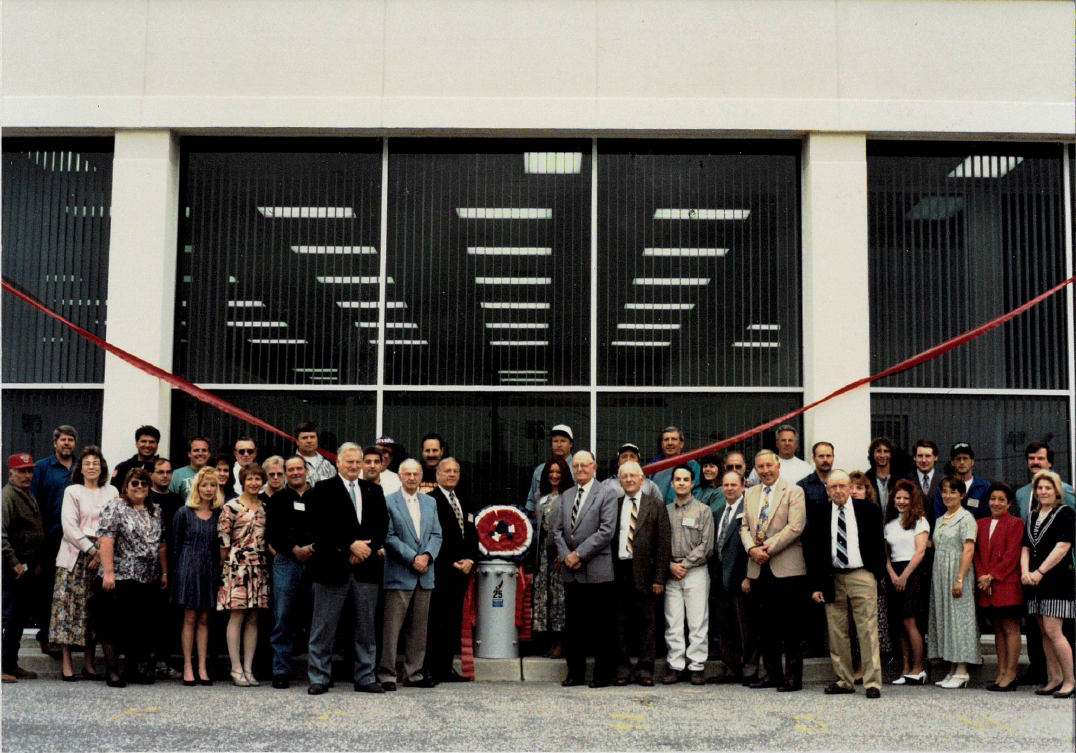

Modernization
SREC made moves to modernize its system management in 1997 when it implemented new outage management software. This software allows SREC to remotely monitor, control, and switch on/off devices on its system, and is connected to our substations and other parts of our grid. Using this, we can also “backfeed” during outages, allowing us to redirect power from unaffected areas to restore members more quickly.
SREC’s meters have all been AMI meters (“Automatic Metering Infrastructure”) since 2005. These meters transmit usage data from each household directly to SREC over our power lines and changed the way that we read meters. Our use of technology like this has made us the most technologically advanced utility in the state of New Jersey.
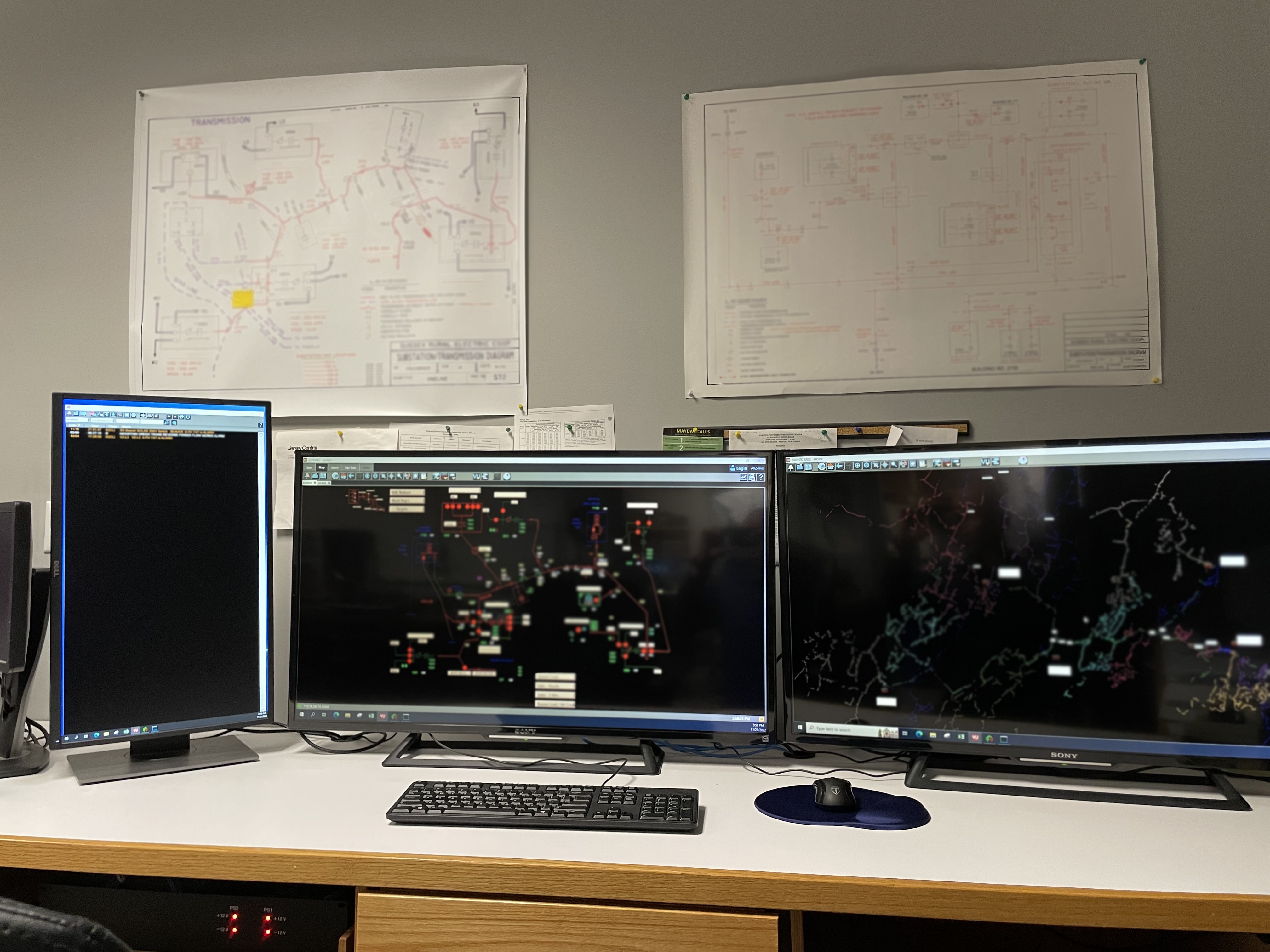

SREC Resources
Sussex Rural Electric Cooperative’s wholly-owned subsidiary SREC Resources was formed in 1998 in response to feedback from members about difficulty finding reliable electrical contractors for small jobs. SREC Resources quickly embraced generator sales as a central part of its business in response to public demand for generators leading up to “Y2K.”
While it began by selling portable generators, SREC Resources established a relationship with Cummins and now sells and installs Cummins whole-house generators. They also offer transfer switches and small to large electrical contracting services. Up until the early 2000s, SREC Resources also sold personal computers to members of Sussex Rural Electric Cooperative.
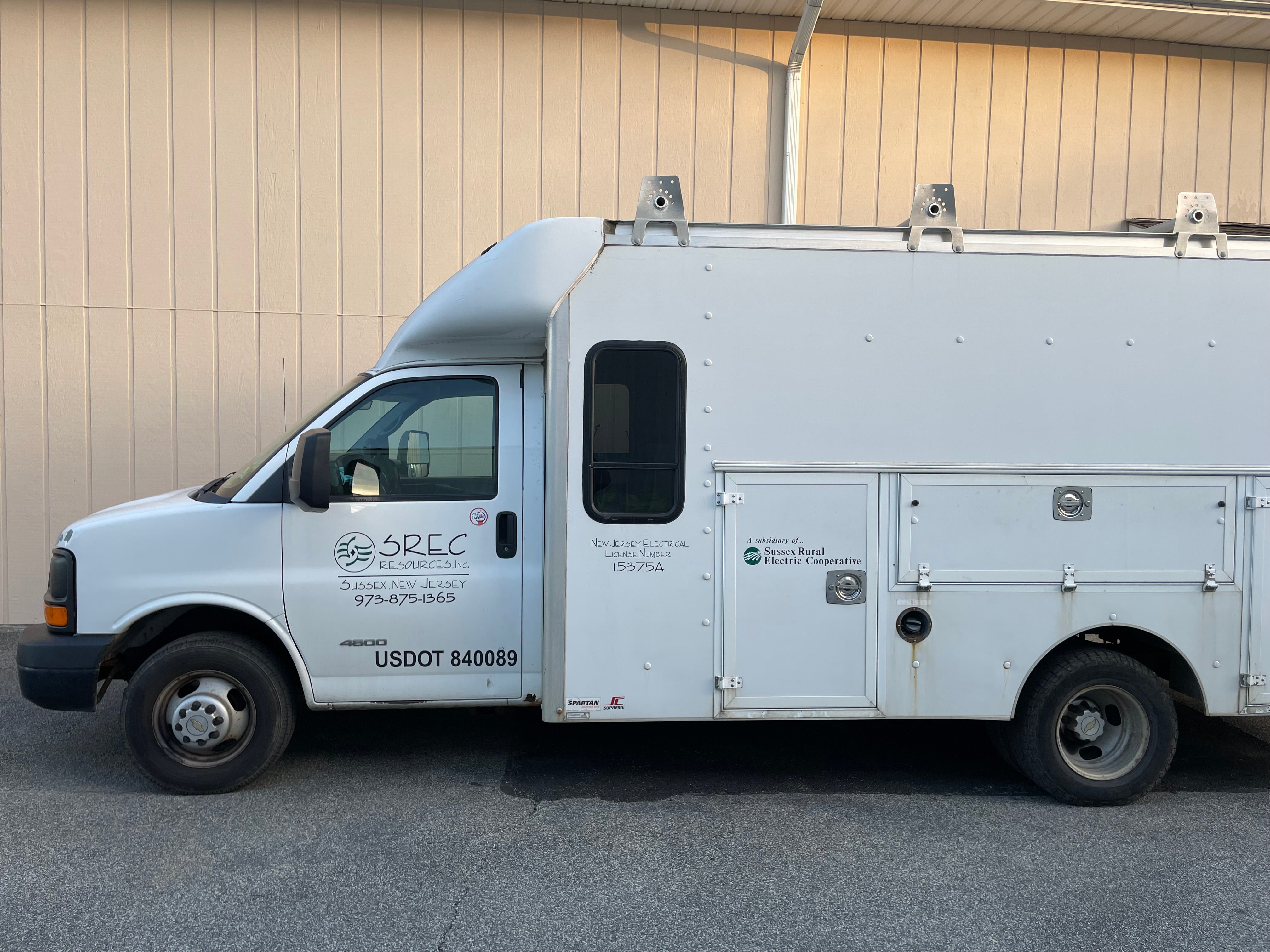

Y2K
Looking forward to the New Year? 23 years ago, New Year’s Eve was filled with much more uncertainty as what was known as “Y2K” approached. In the lead up to the year 2000, the issue of how computer systems displayed dates created concern that worldwide infrastructure could fail at the beginning of the new millennium and create global chaos.
This was a real concern for many, so it was treated seriously by Sussex Rural Electric Cooperative. SREC took proactive measures as early as 1998 to ensure its computer system was “Y2K compliant.” In addition to these preparations, the Co-op’s office was fully staffed on New Year’s Eve 1999 just in case there was any issue. Thankfully, no problems occurred in SREC’s system and everyone was able to go home!
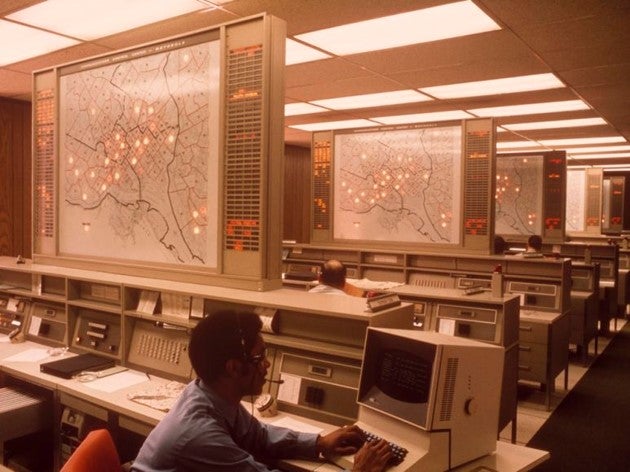

Picatinny Arsenal
In addition to managing its service territory in Sussex and Orange counties, Sussex Rural Electric Cooperative has a long-running working relationship with Picatinny Arsenal. In 2002, SREC was awarded a 50-year contract to operate and maintain the electric distribution system and conduct other utility projects on the military base with service beginning on January 1st, 2003. Since then, SREC has had line crews stationed on the base.
This relationship brings in revenue for SREC to put into its system and allows for additional support from our Picatinny crews in outage restoration or other large projects. During the 20 years of this contract, SREC has helped Picatinny Arsenal in a variety of projects, including the design and construction of an on-base solar field.


Hurricane Sandy
In 2012, SREC staff watched the developing situation around Hurricane Sandy before it struck our area on October 29. Even with all of our preparation, the storm created massive damage and at its peak caused an outage for every single SREC member. Our service territory was strewn with toppled trees and broken poles.
To make repairs, SREC required the help of Asplundh tree service crews and crews from Berkeley Electric Cooperative, Inc. from South Carolina as well as Peace River Electric Cooperative, Inc. and Suwannee Valley Electric Cooperative from Florida.
Restoration efforts cost SREC over $1 million, most of which was reimbursed through FEMA aid. During our restoration efforts, kind words from members were hung up in our office to show our team the appreciation they had received for their hard work.
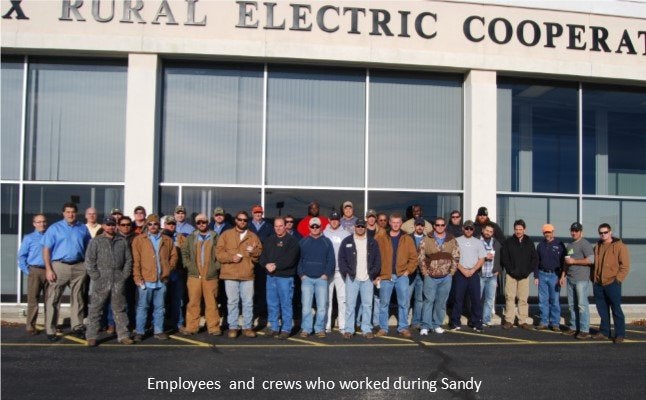


Storm of December 2019
On December 2, 2019, SREC faced its worst storm since Hurricane Sandy. A massive winter storm brought as much as 10.5 inches of heavy snow which damaged trees and utility equipment. It began with a few scattered outages then hit a peak of 11,000 members without power the first night. Restoration would not be fully completed until the night of Friday, December 6.
To meet this challenge, SREC called in help from five other co-ops in Pennsylvania. These outside crews stayed to help with restoration even down to the last few small outages. SREC provided updates to members throughout these efforts and shared information on local charging and warming stations. While weather has a hand in causing large outages, Sussex Rural Electric Cooperative’s crews will always be ready to perform the hard work of restoration to make sure its members are taken care of.


